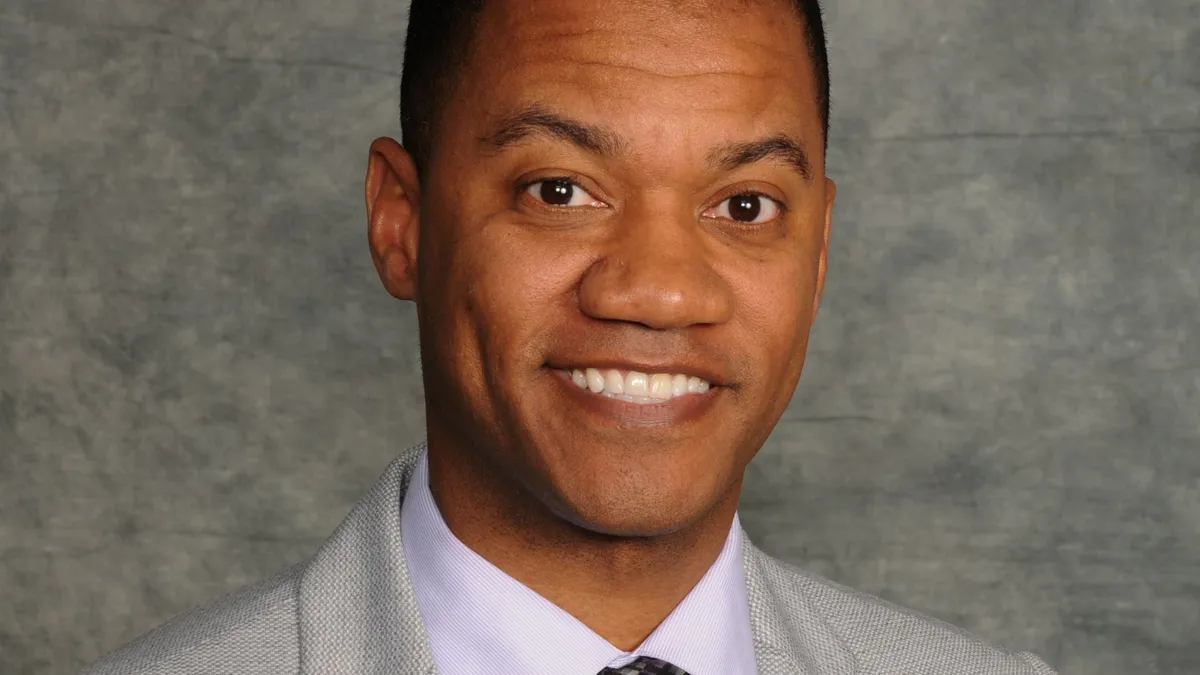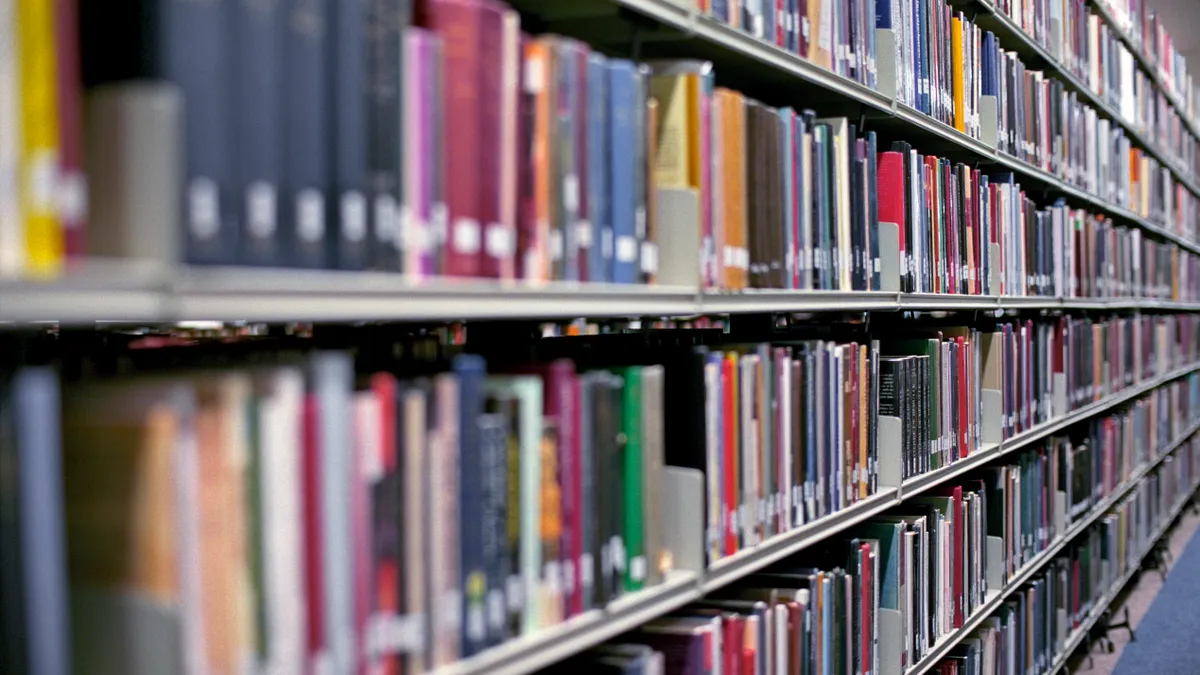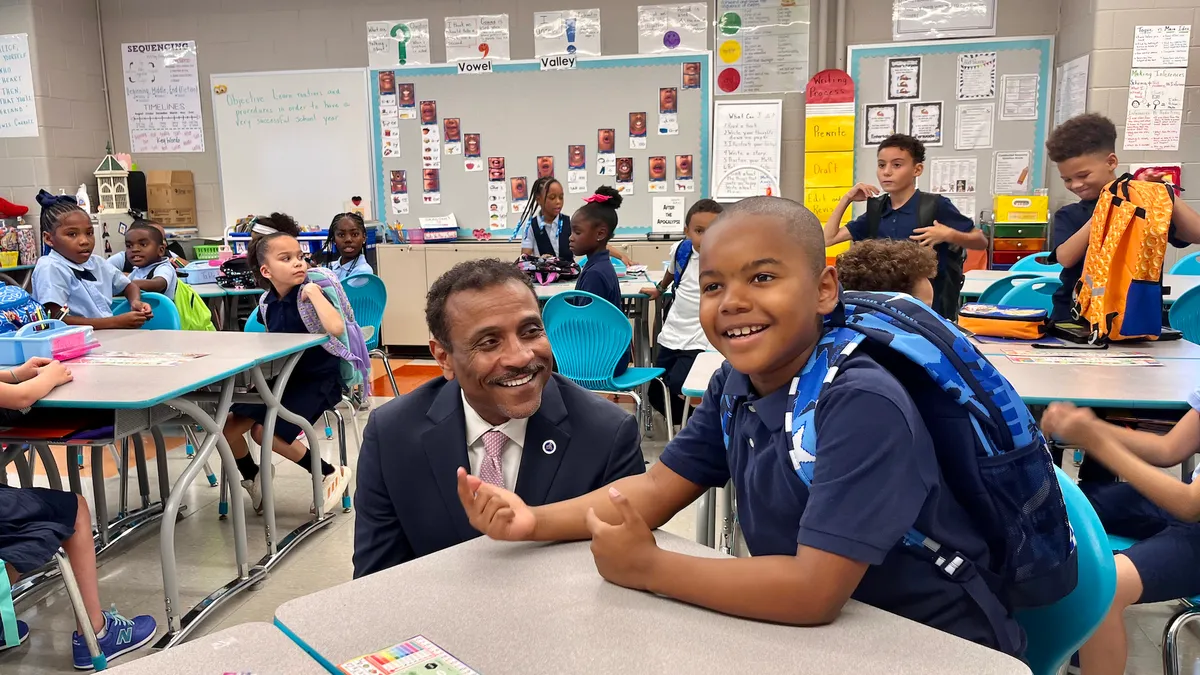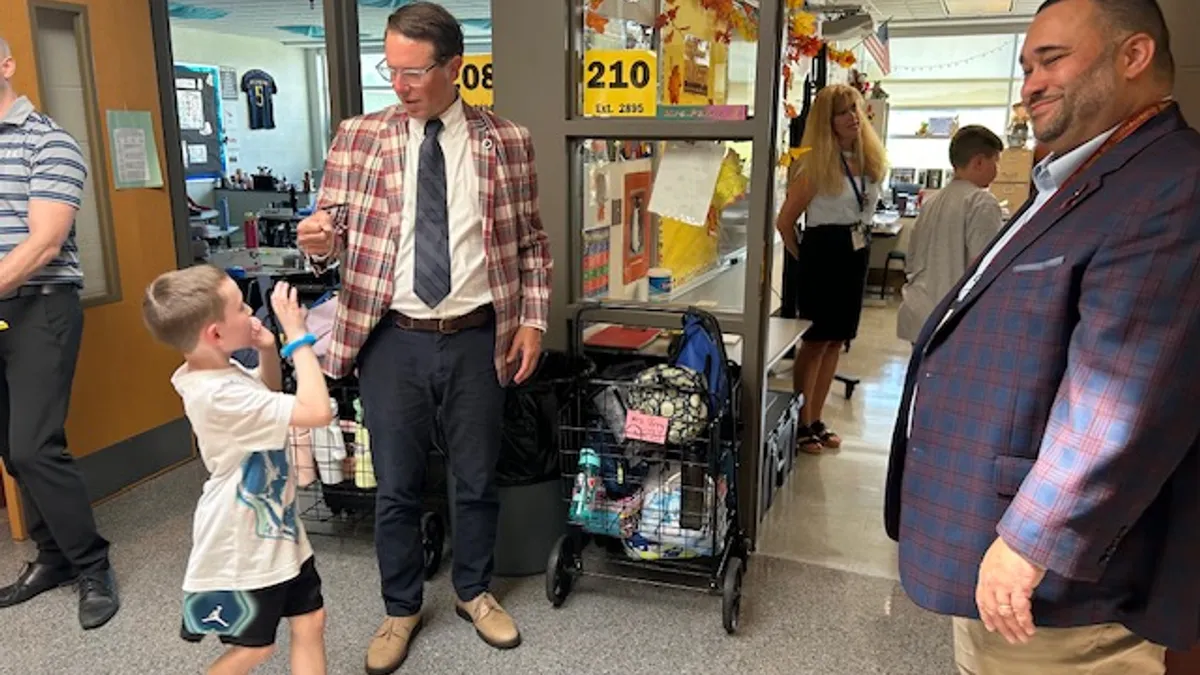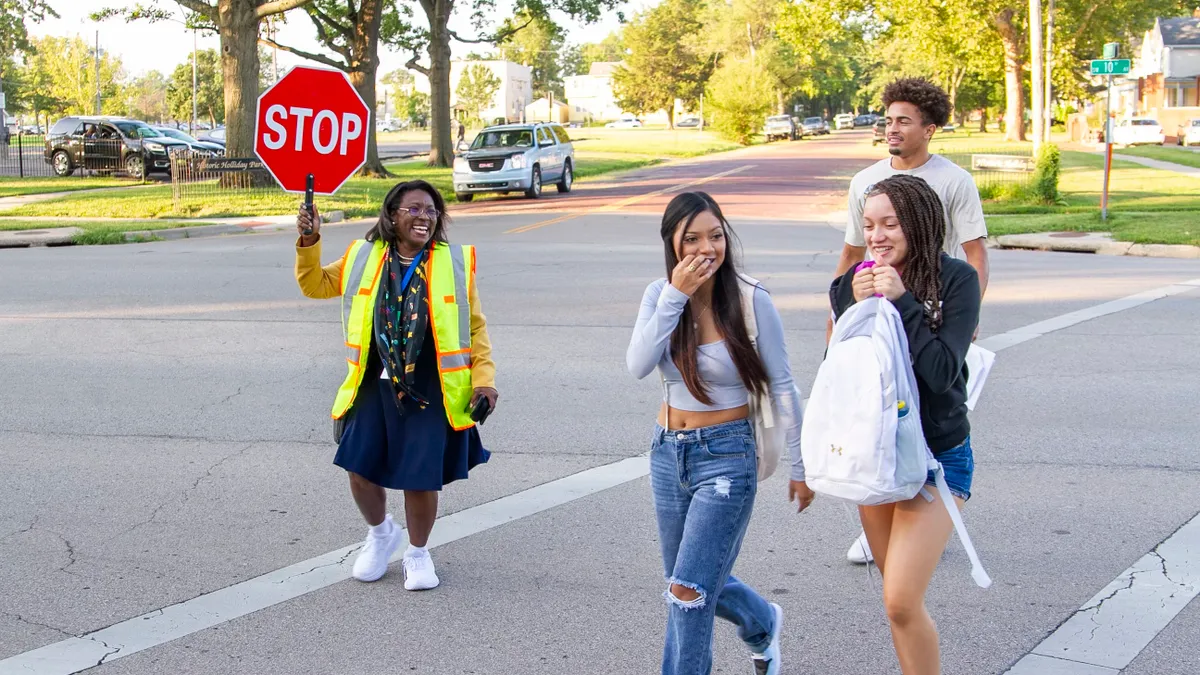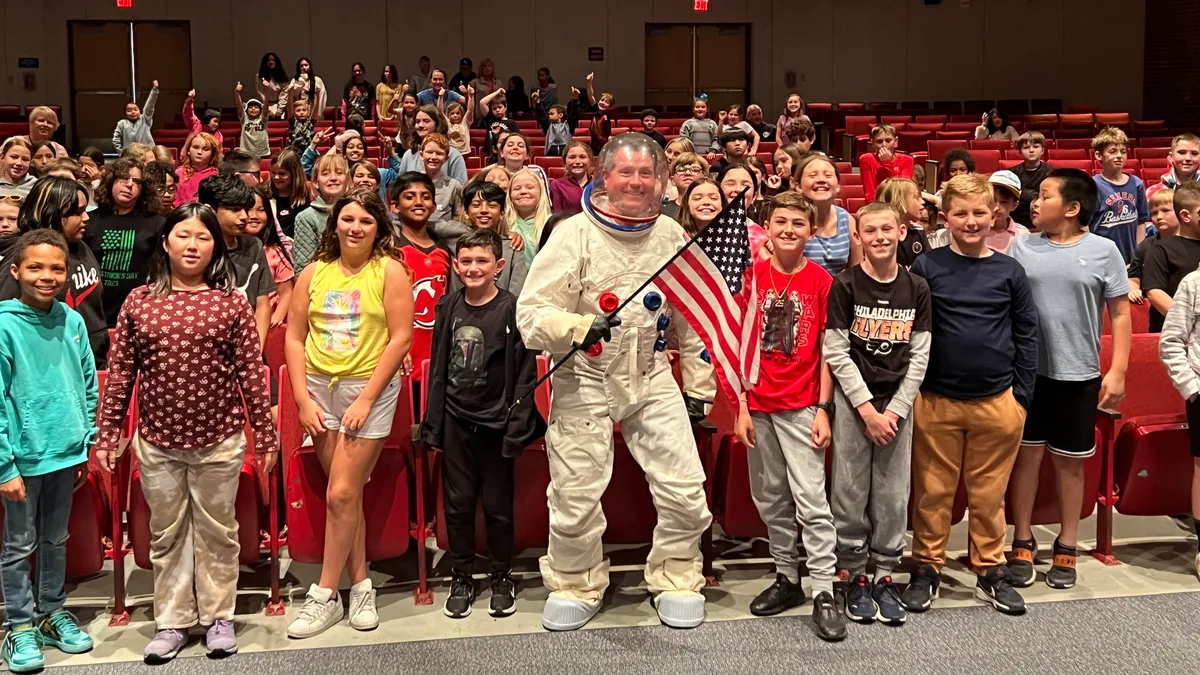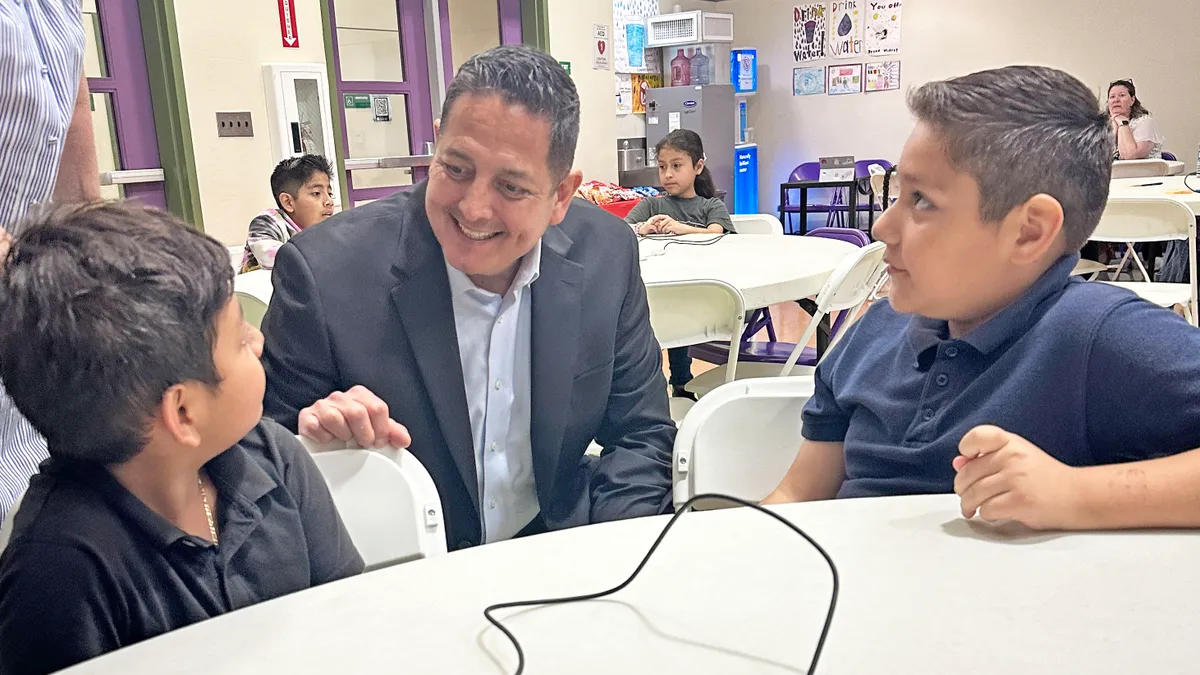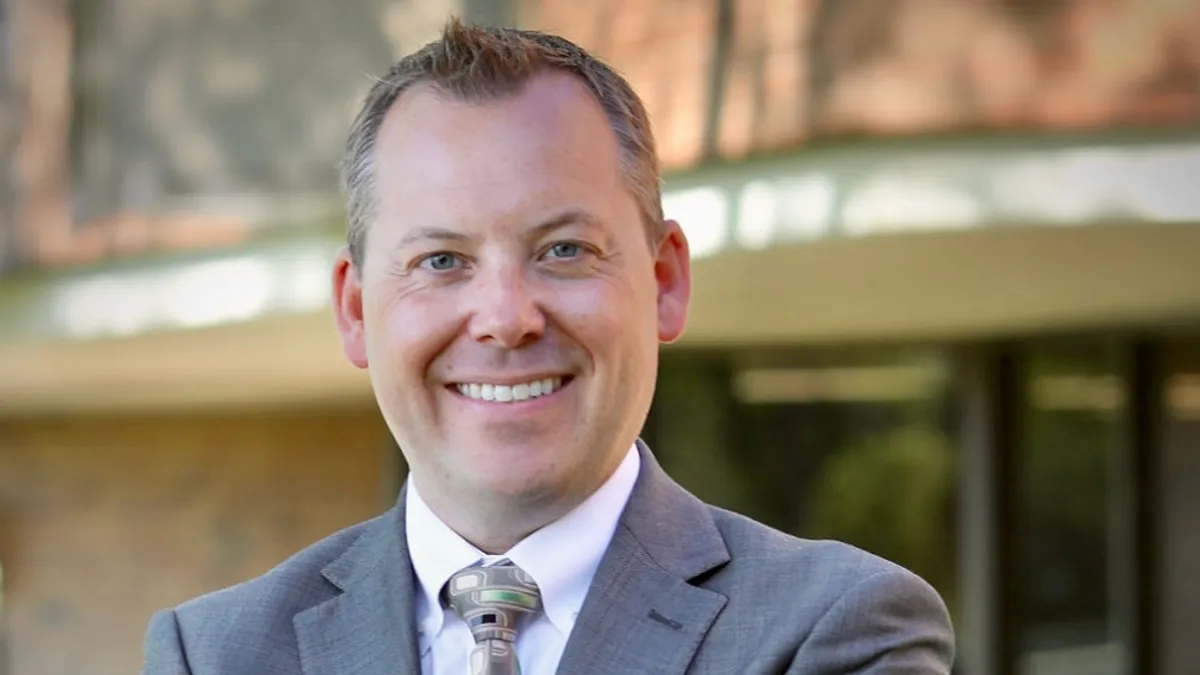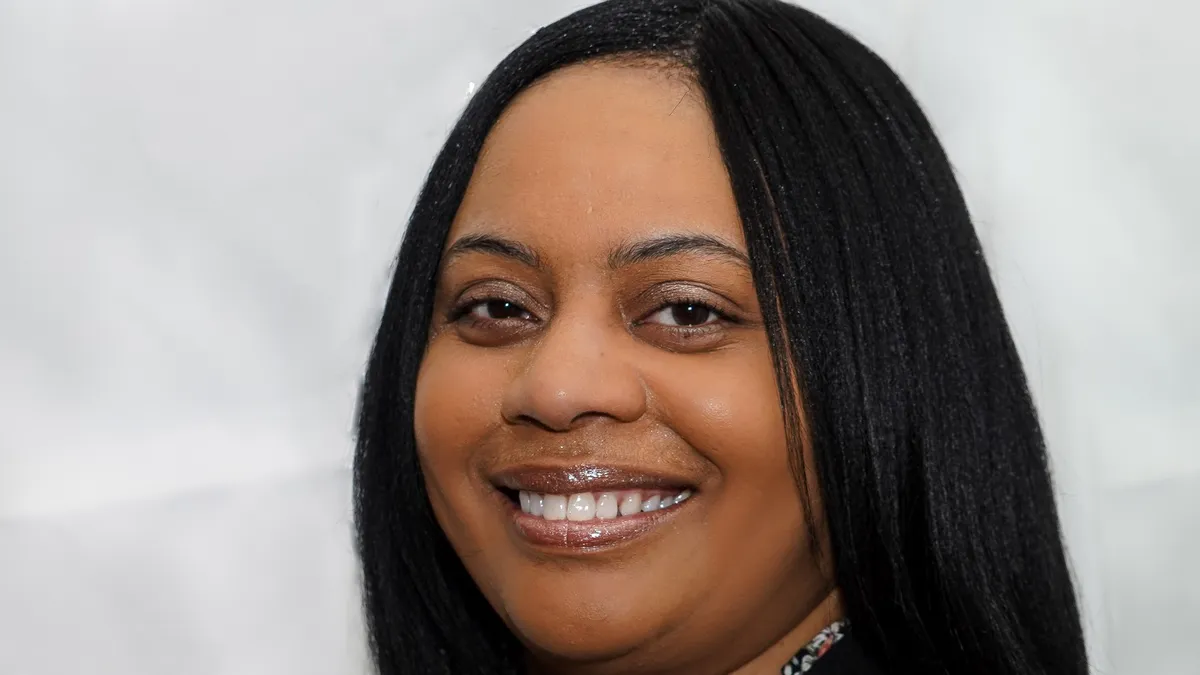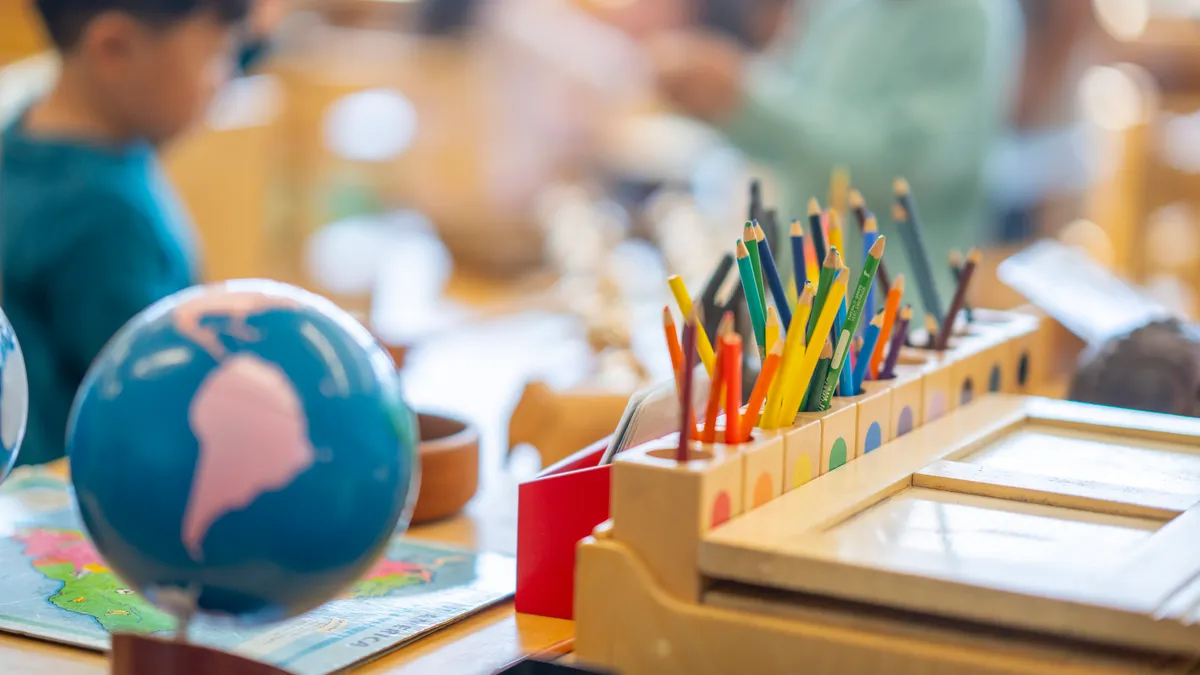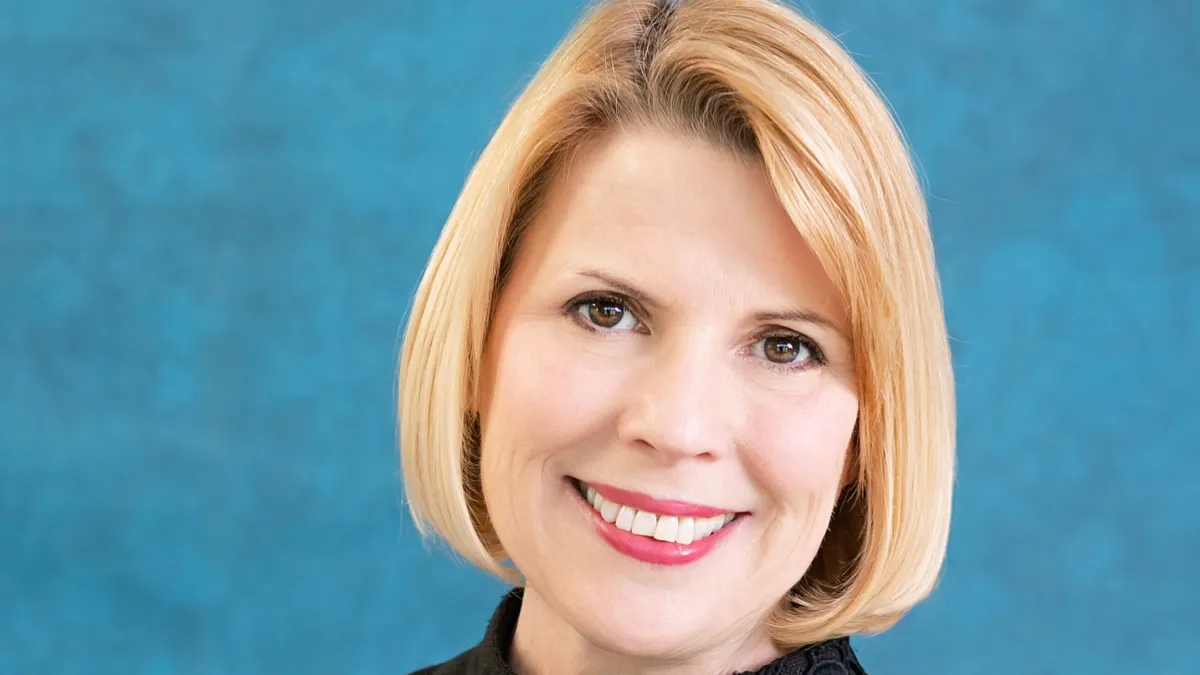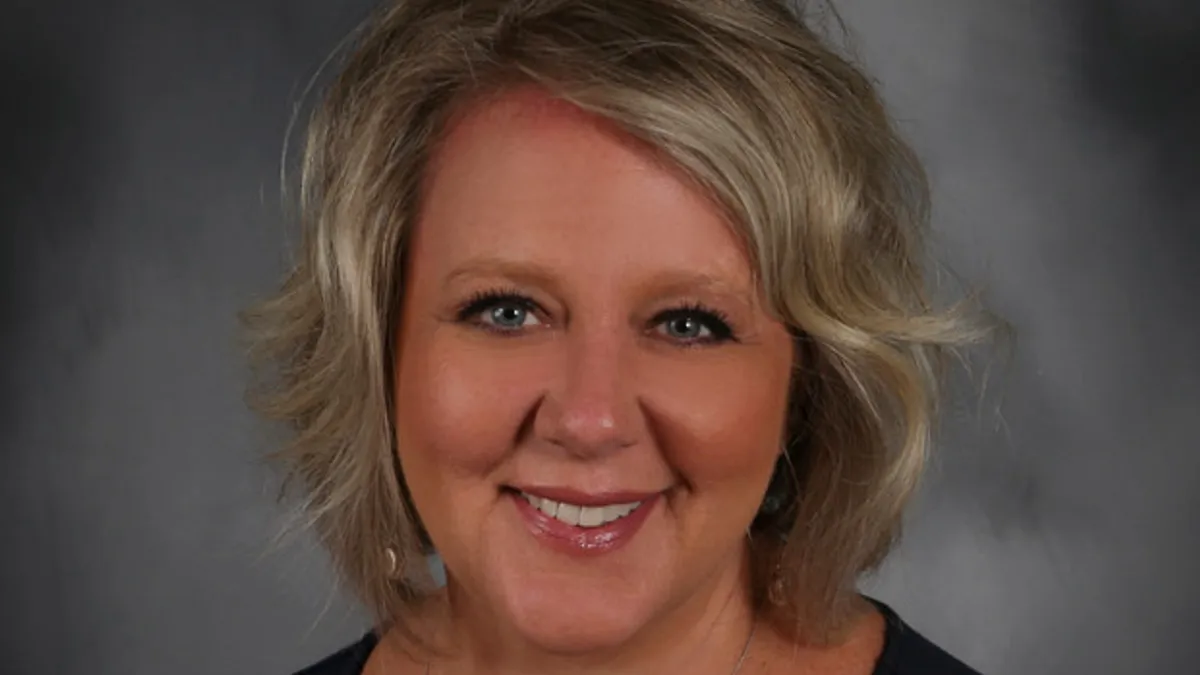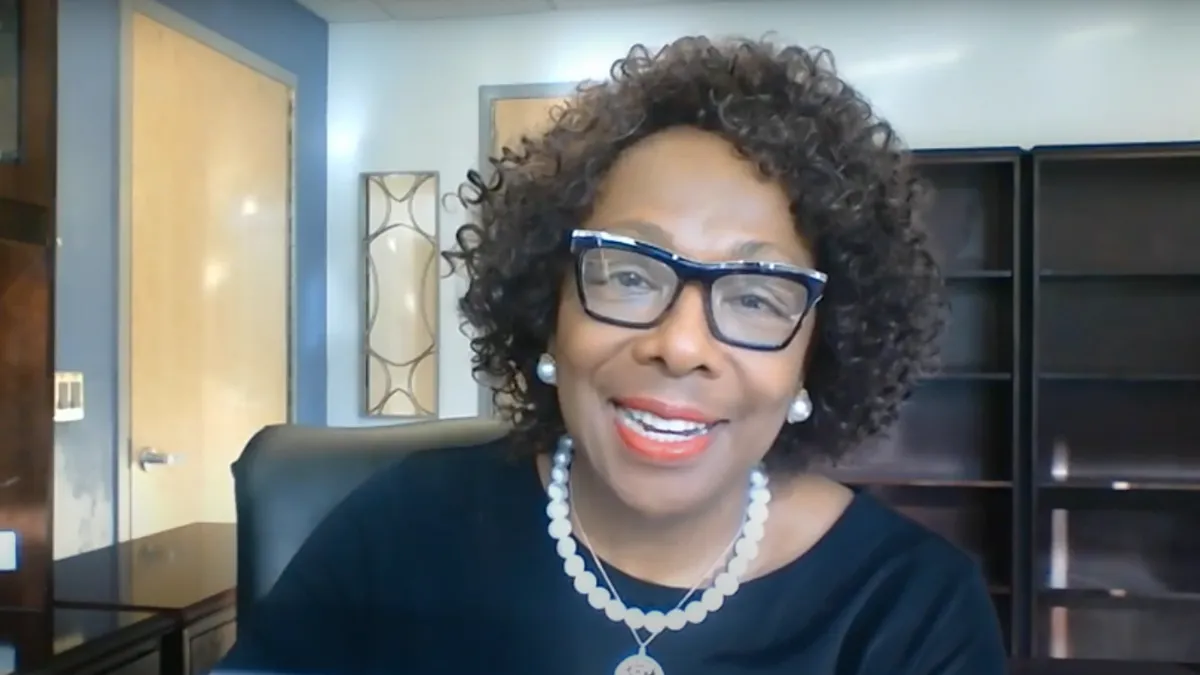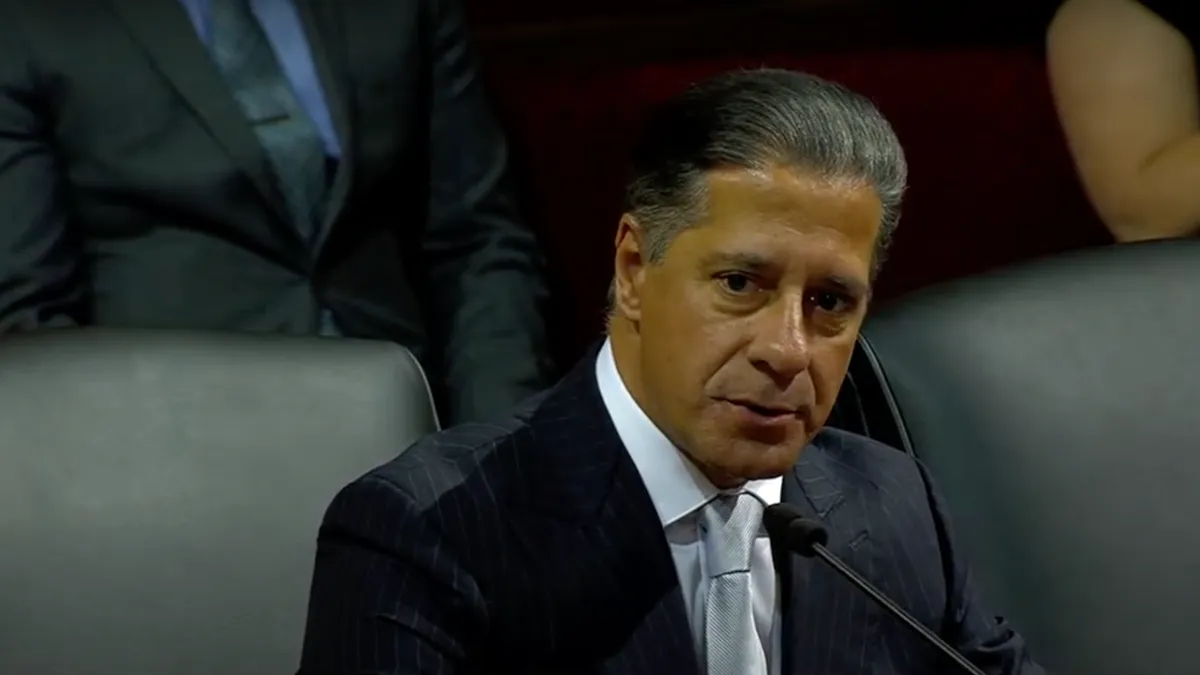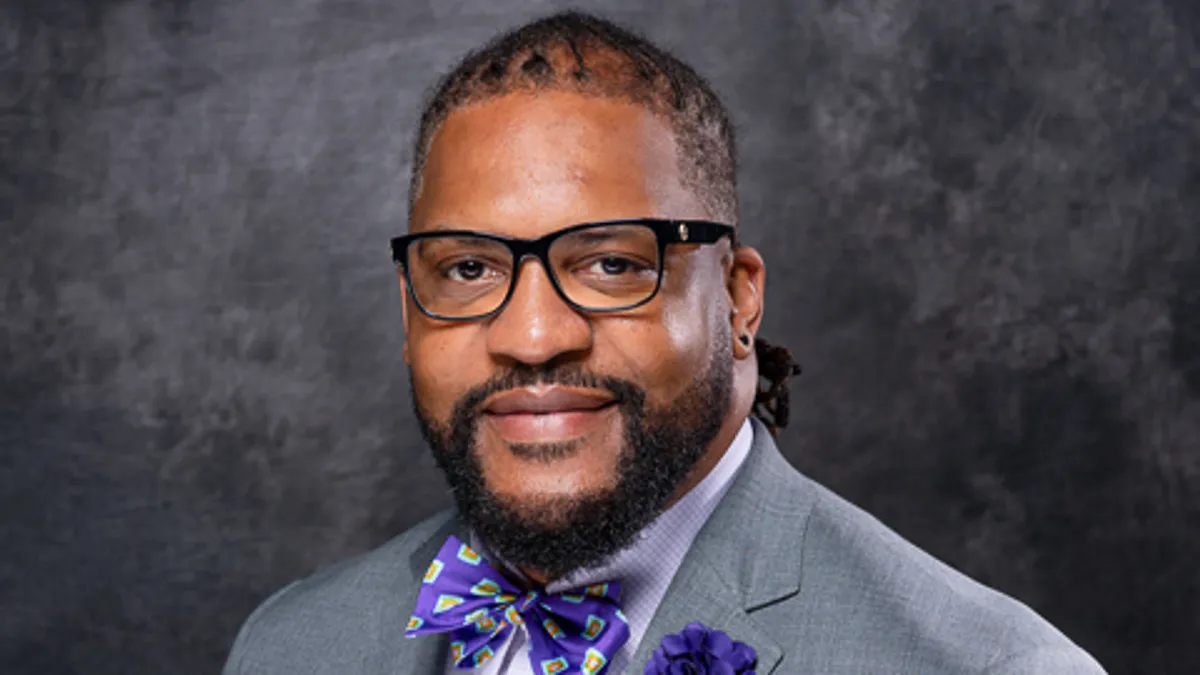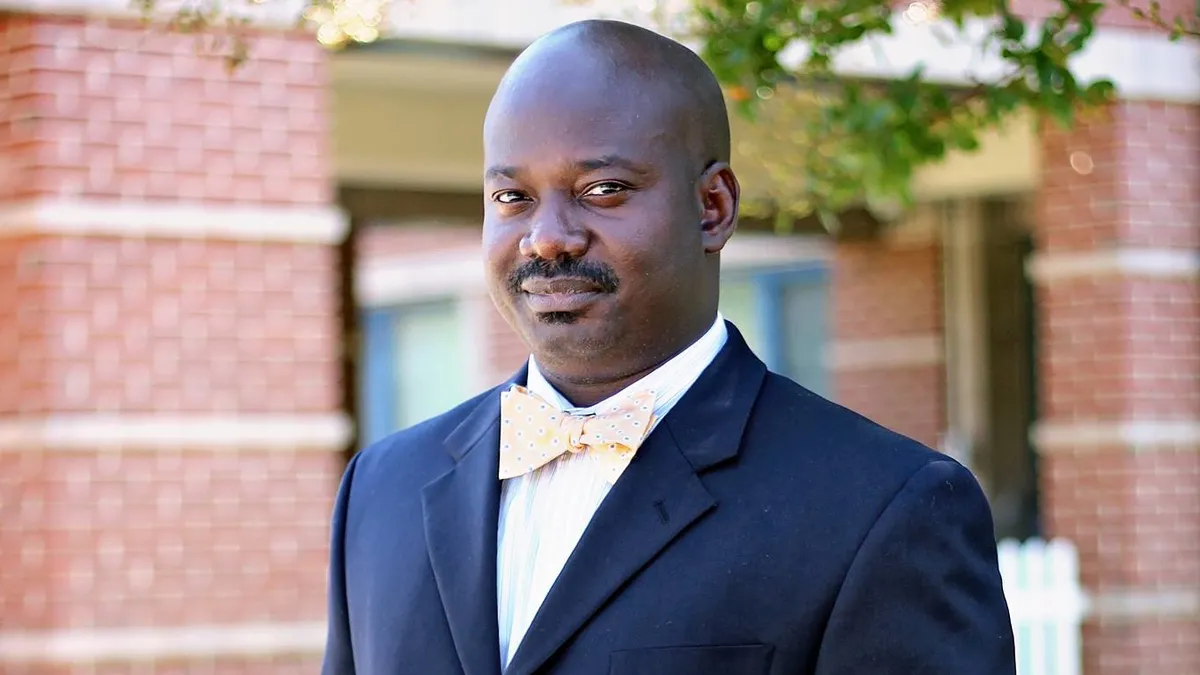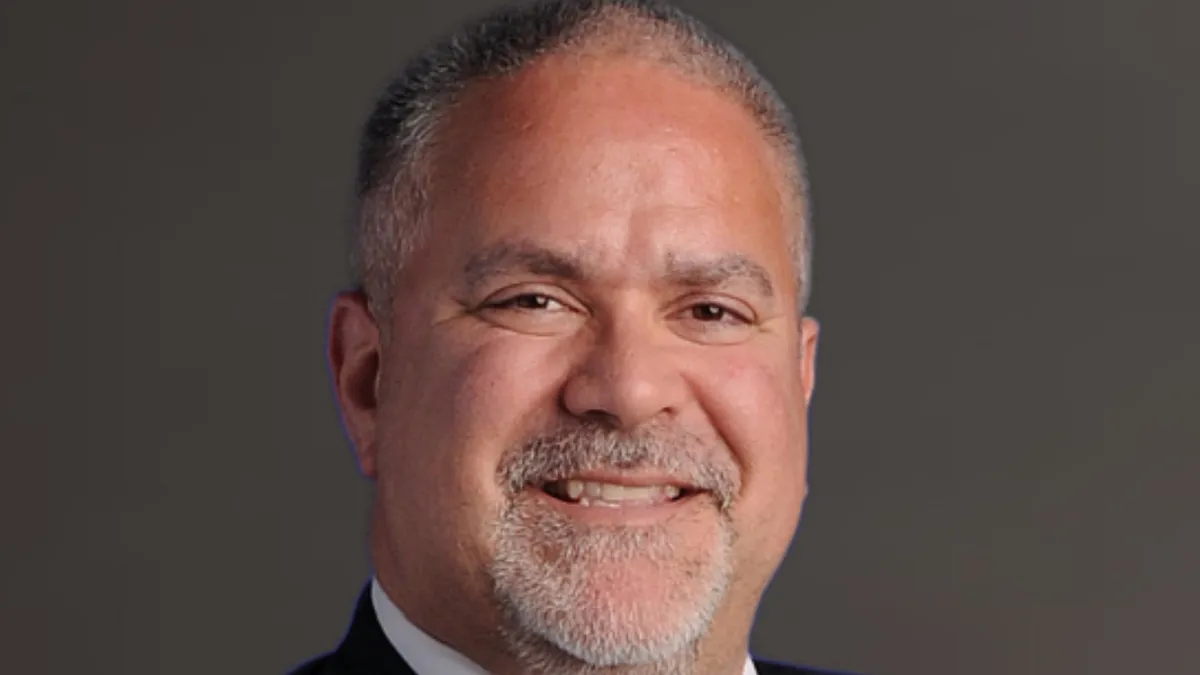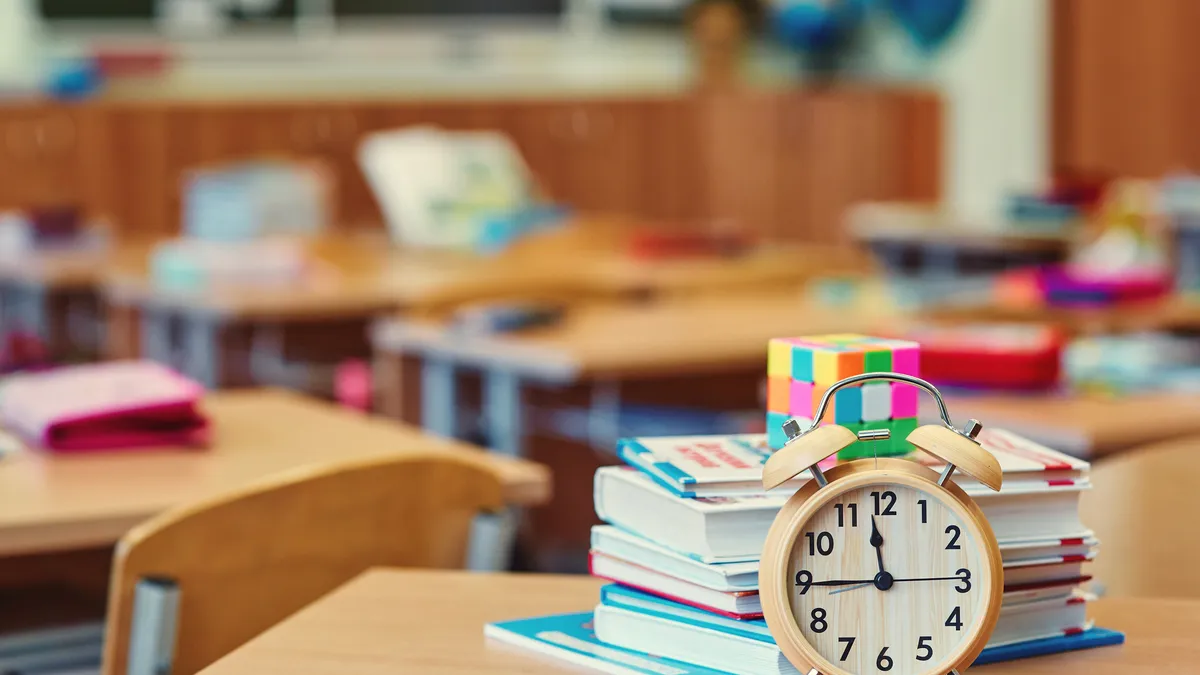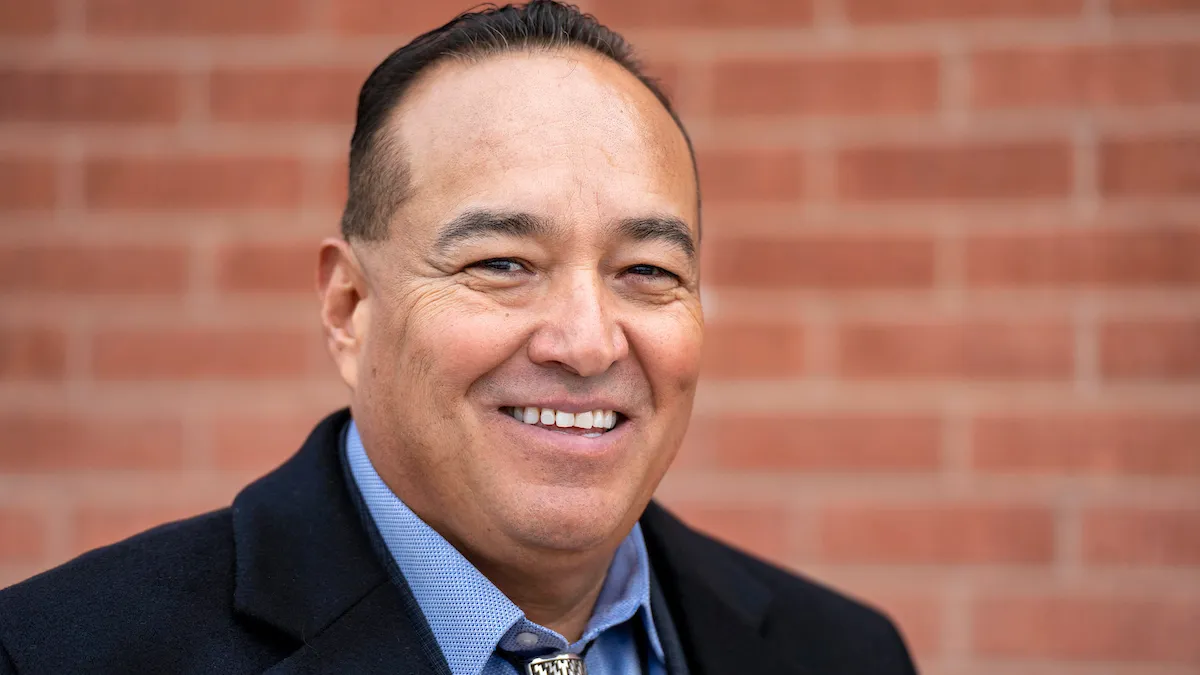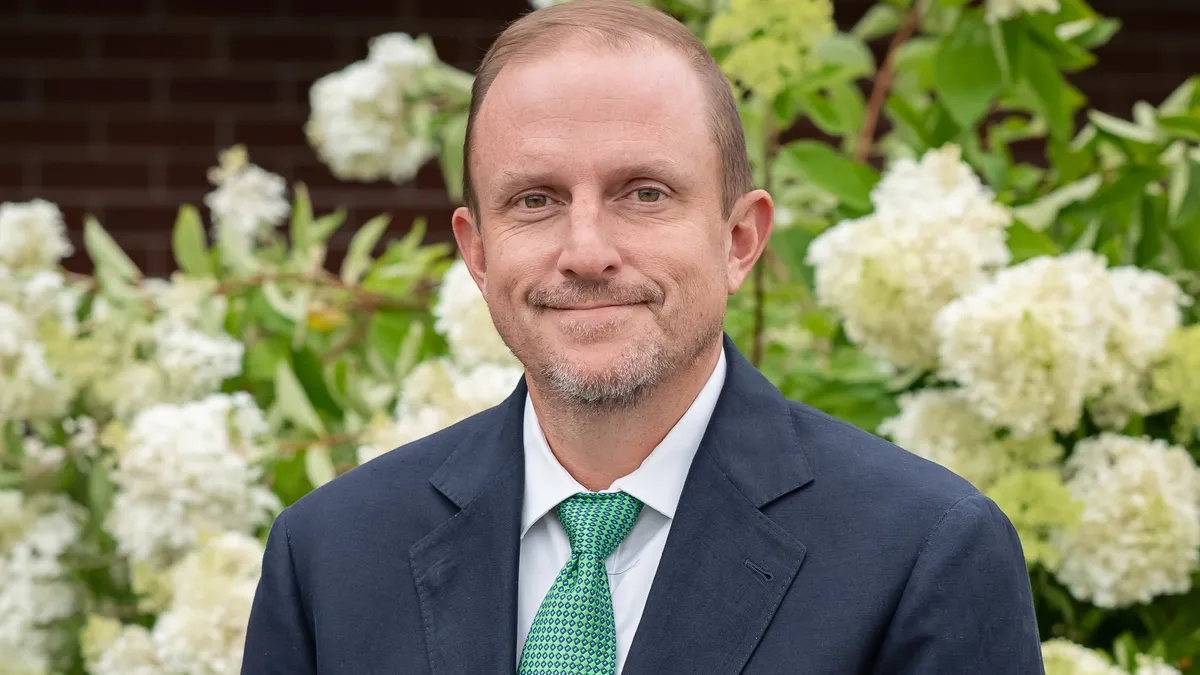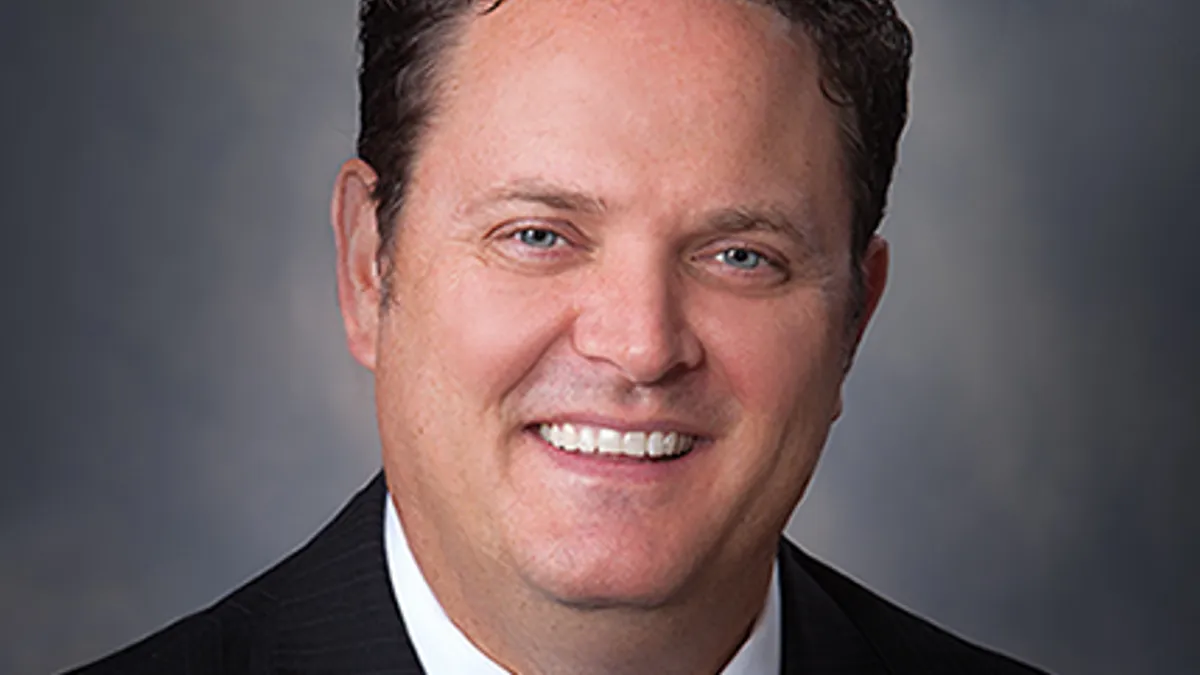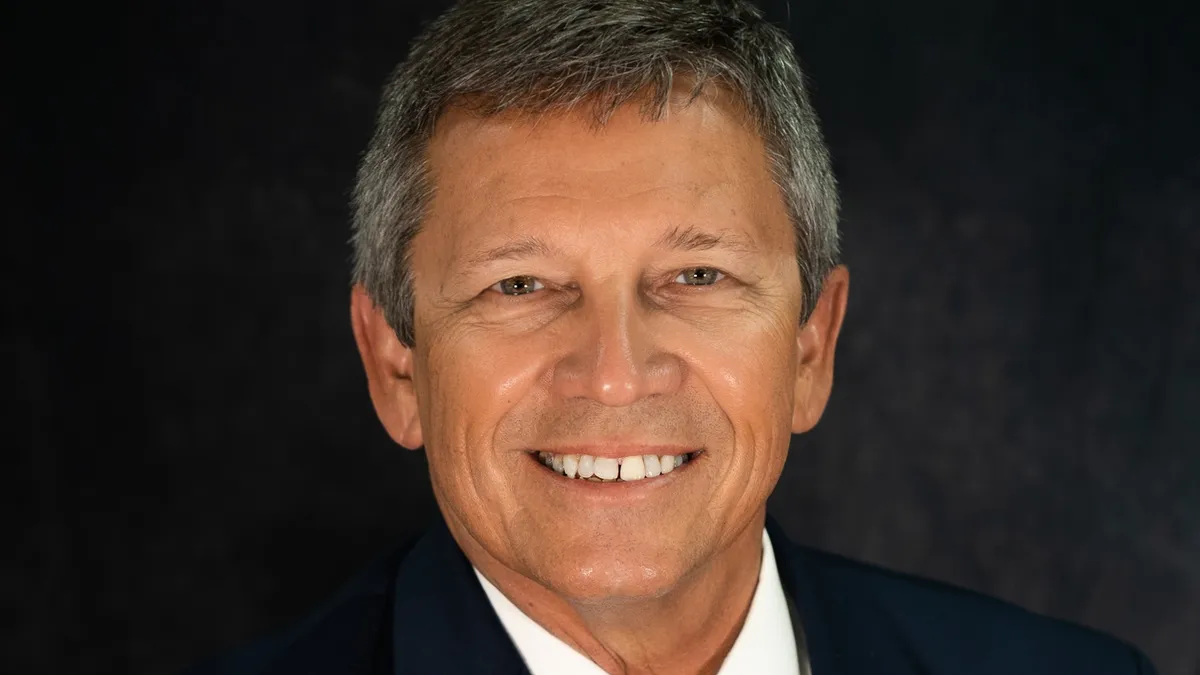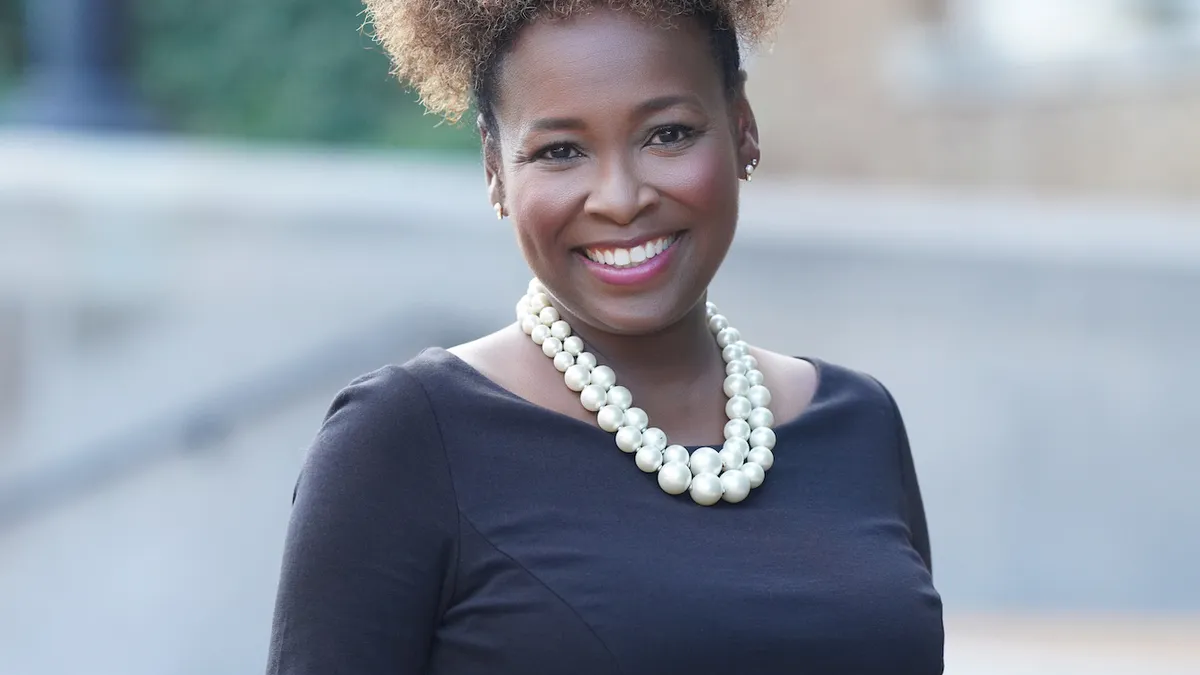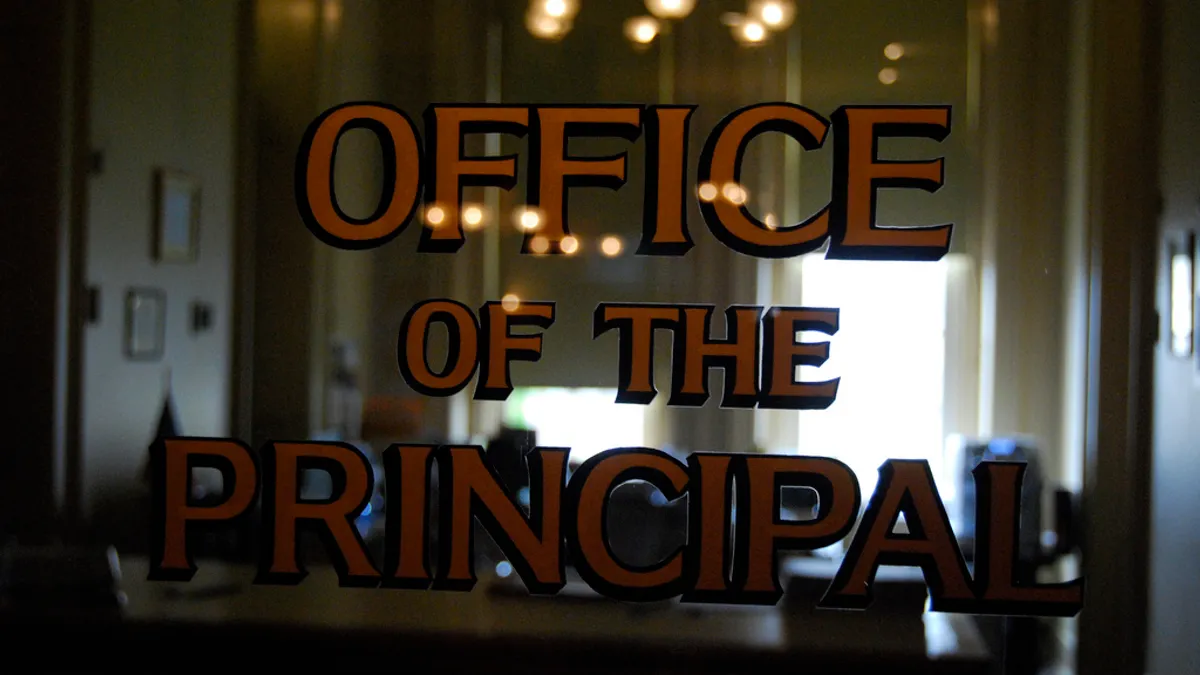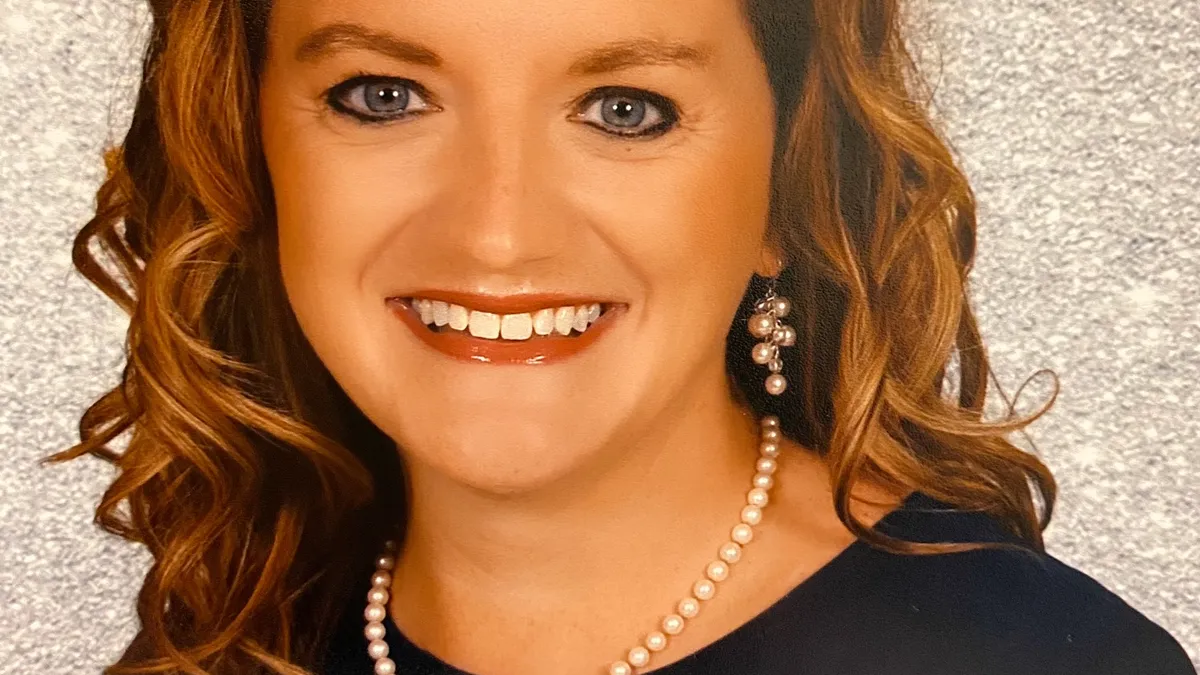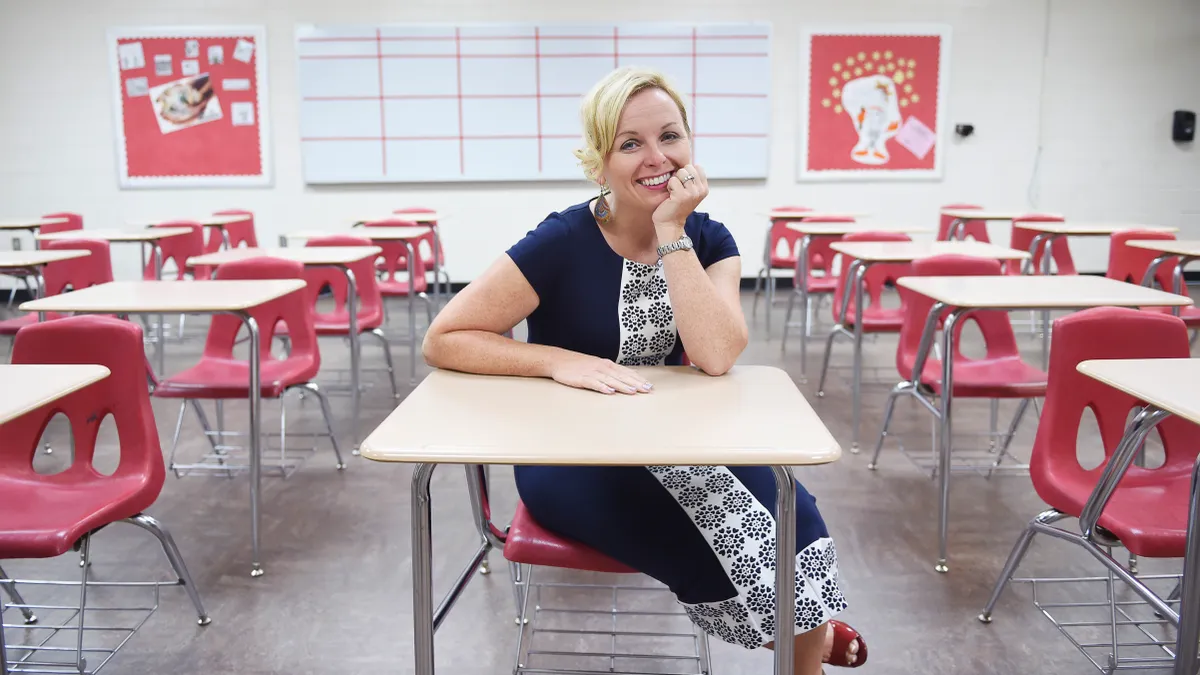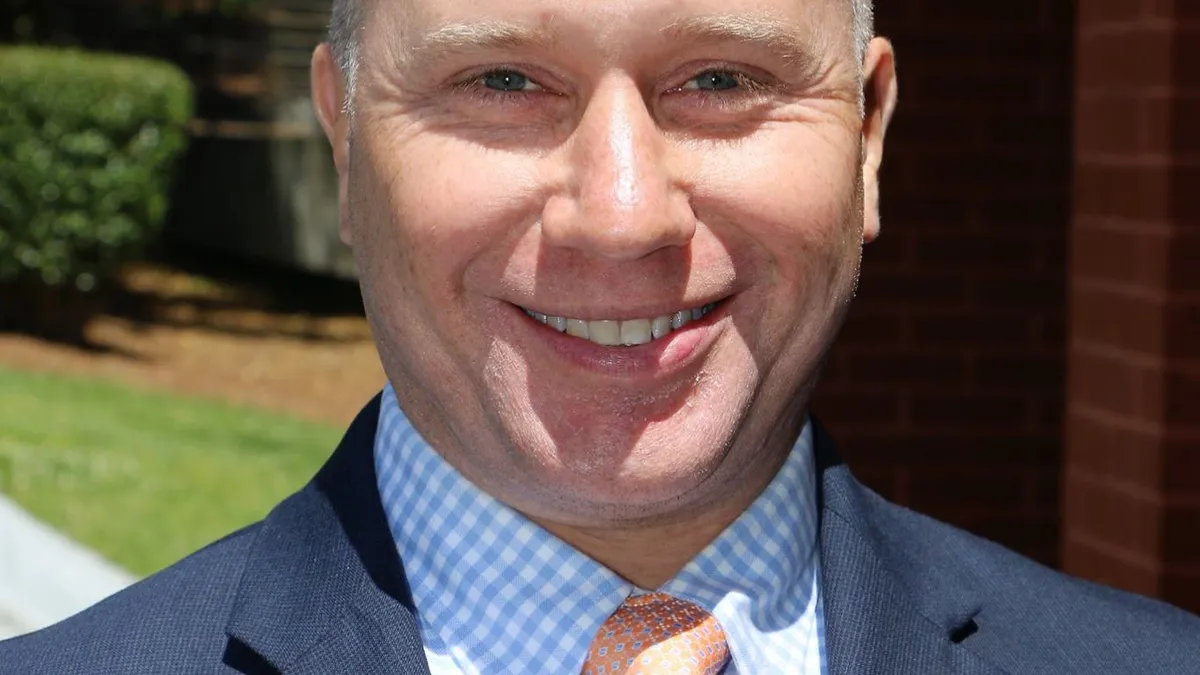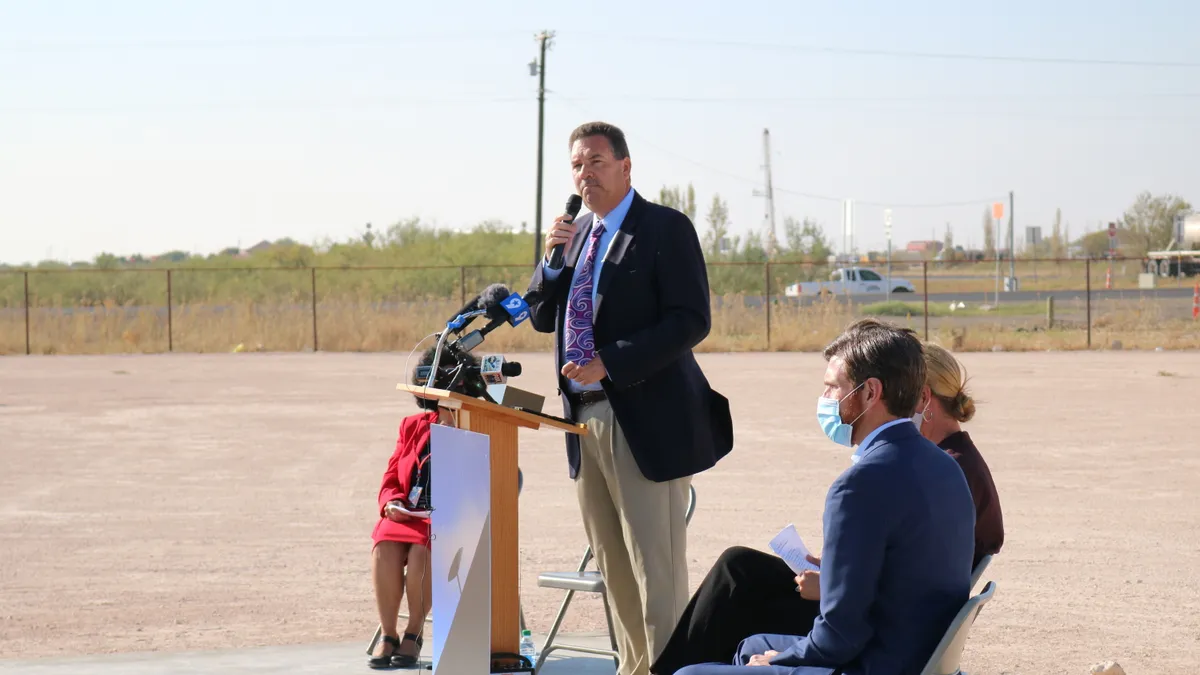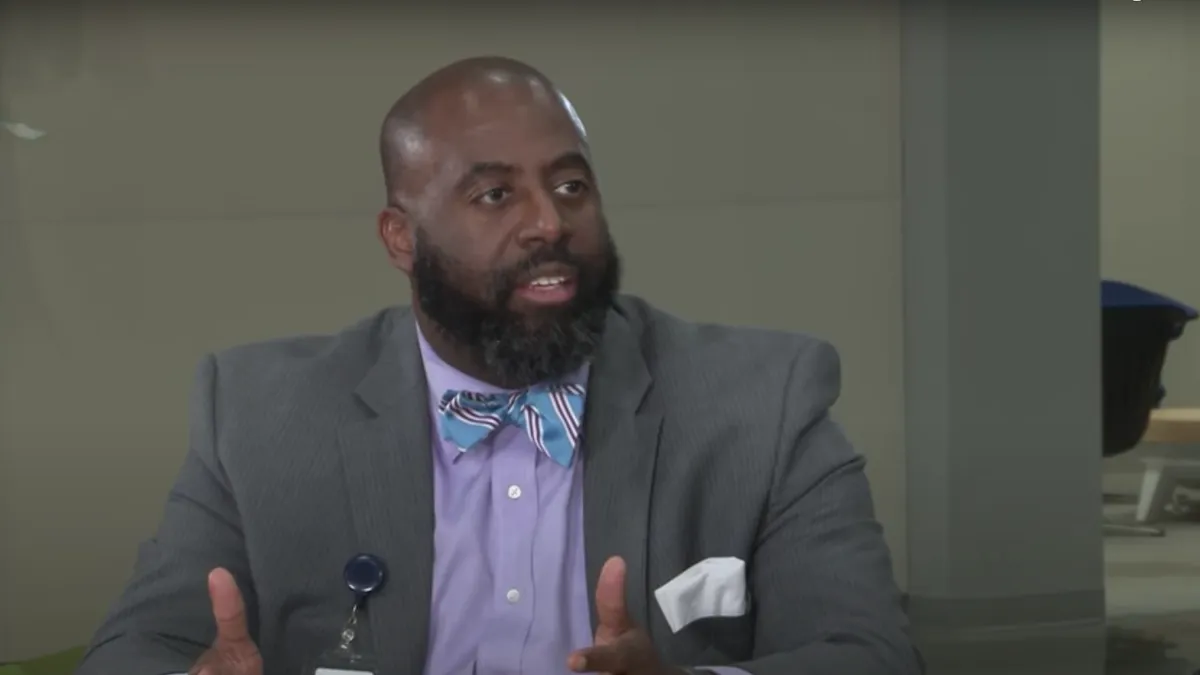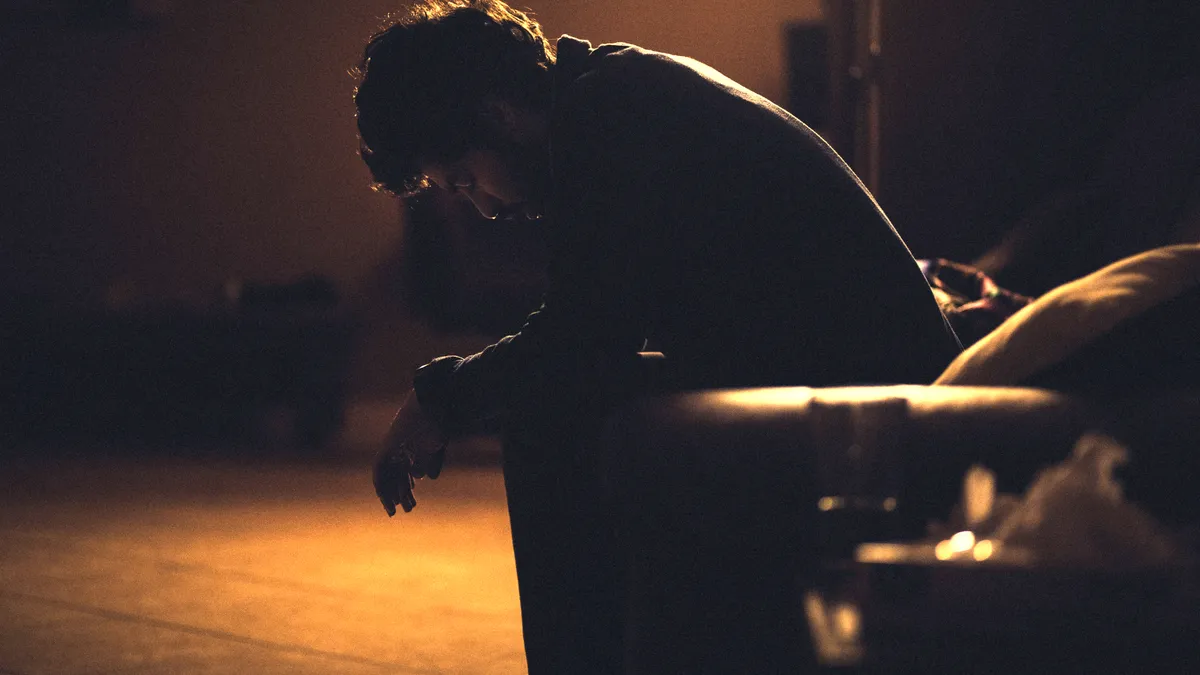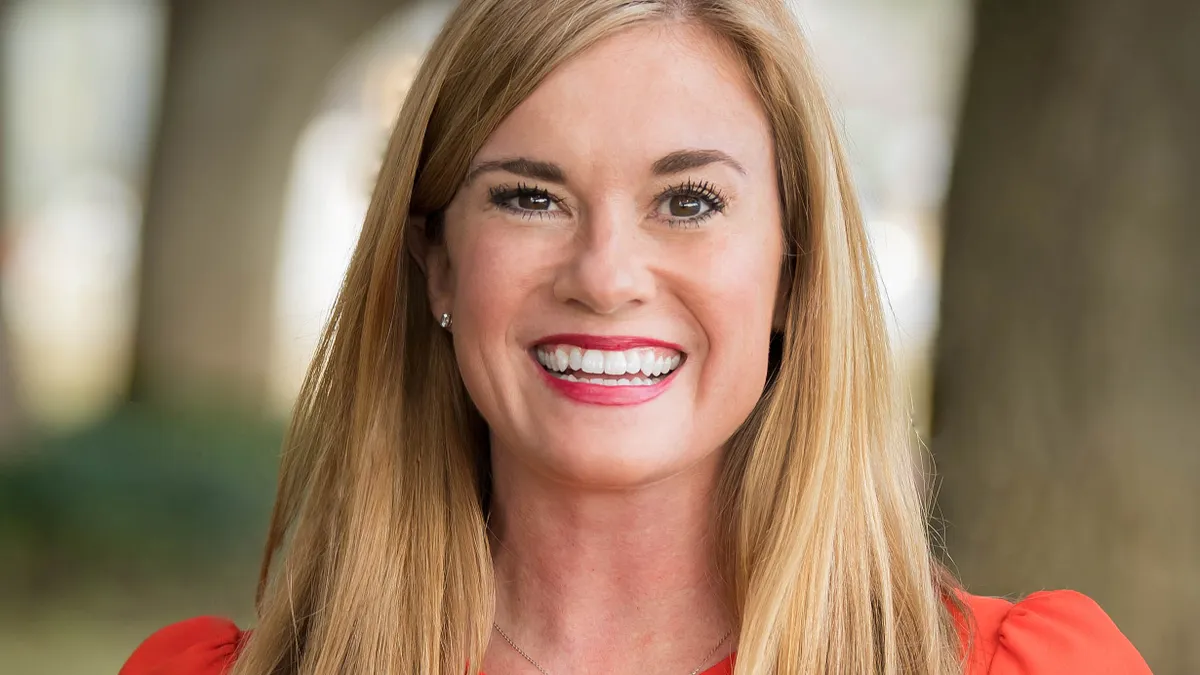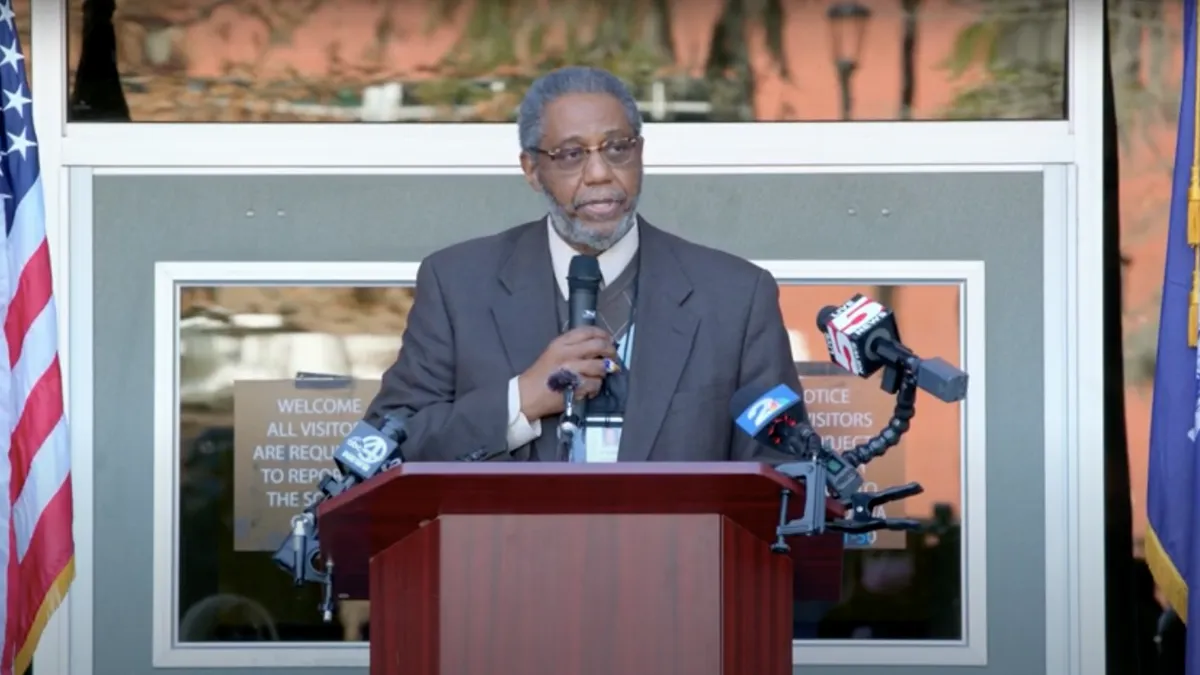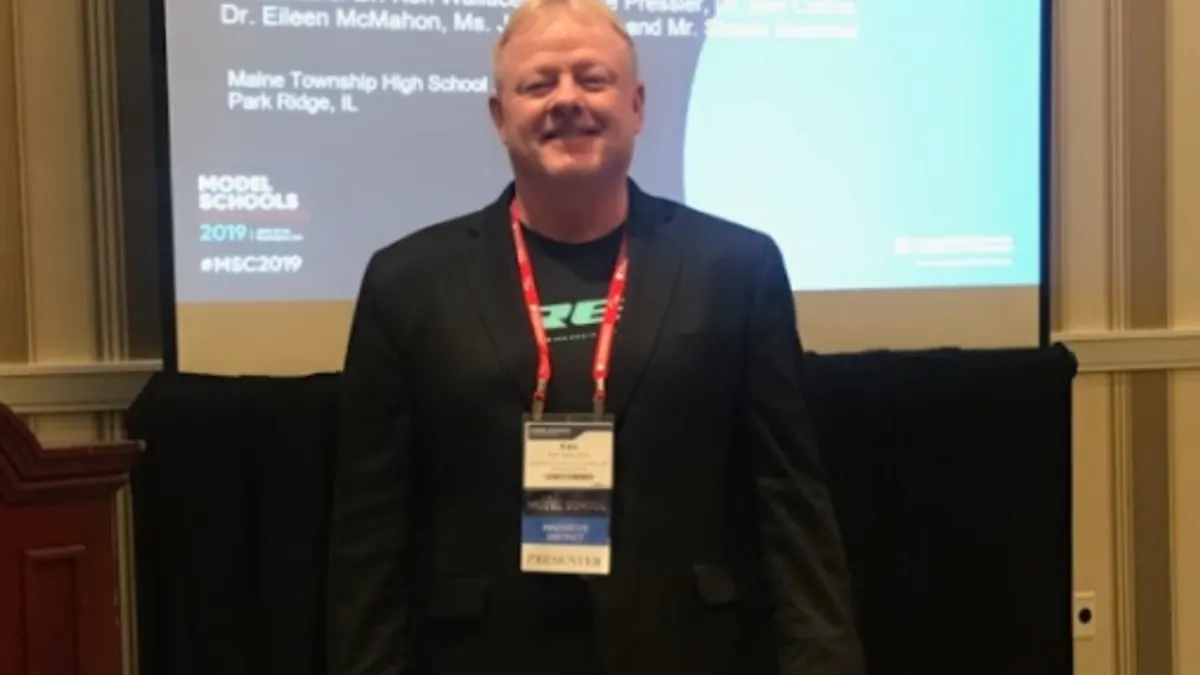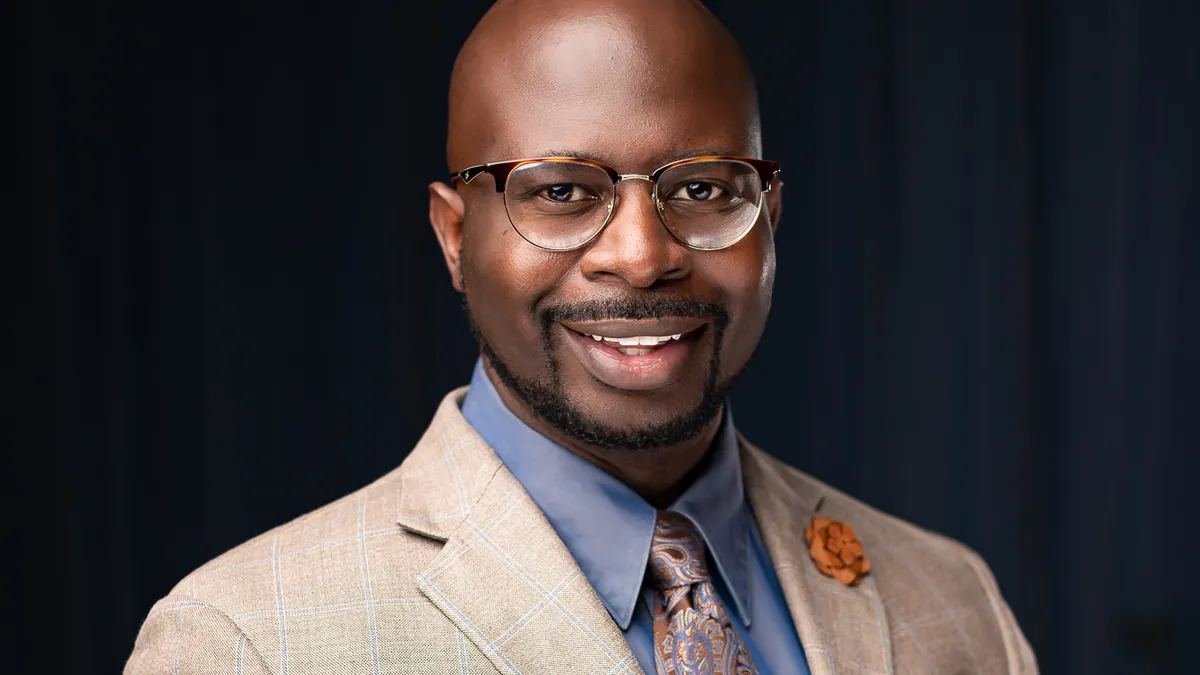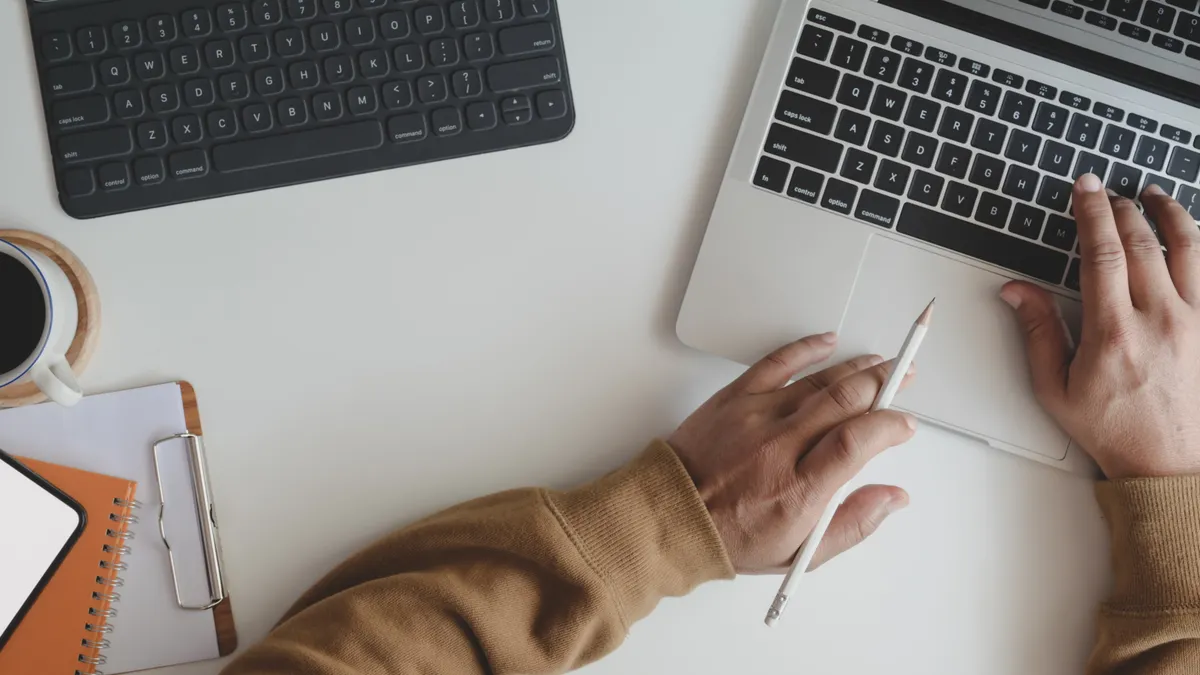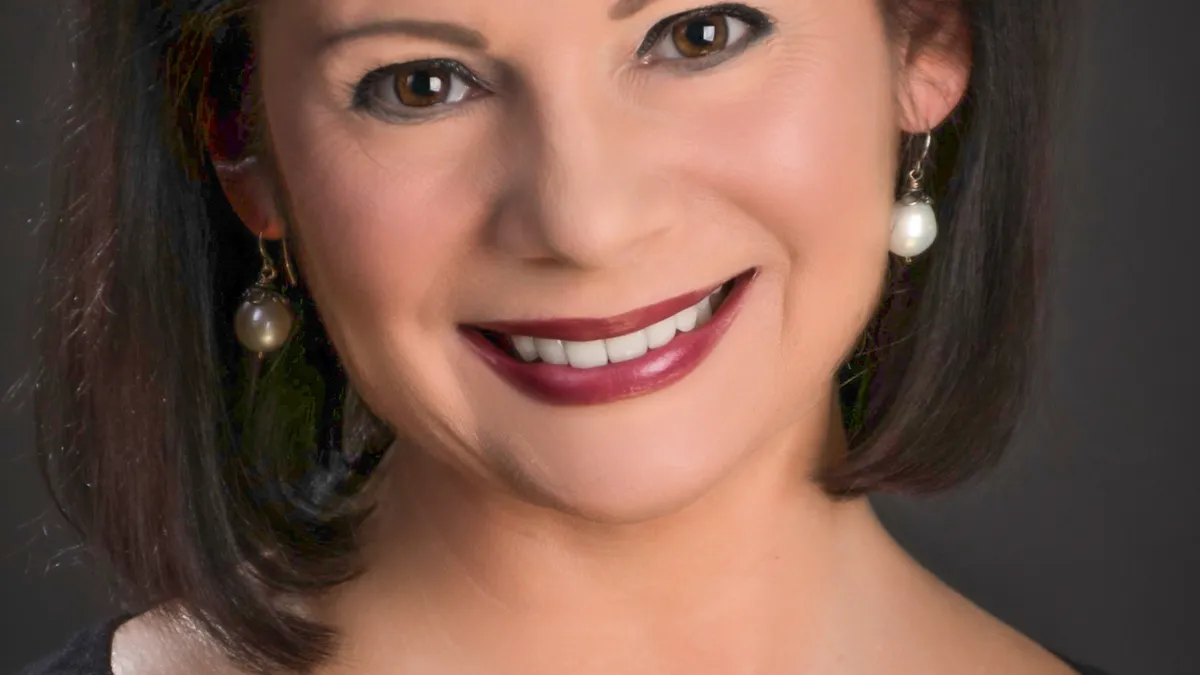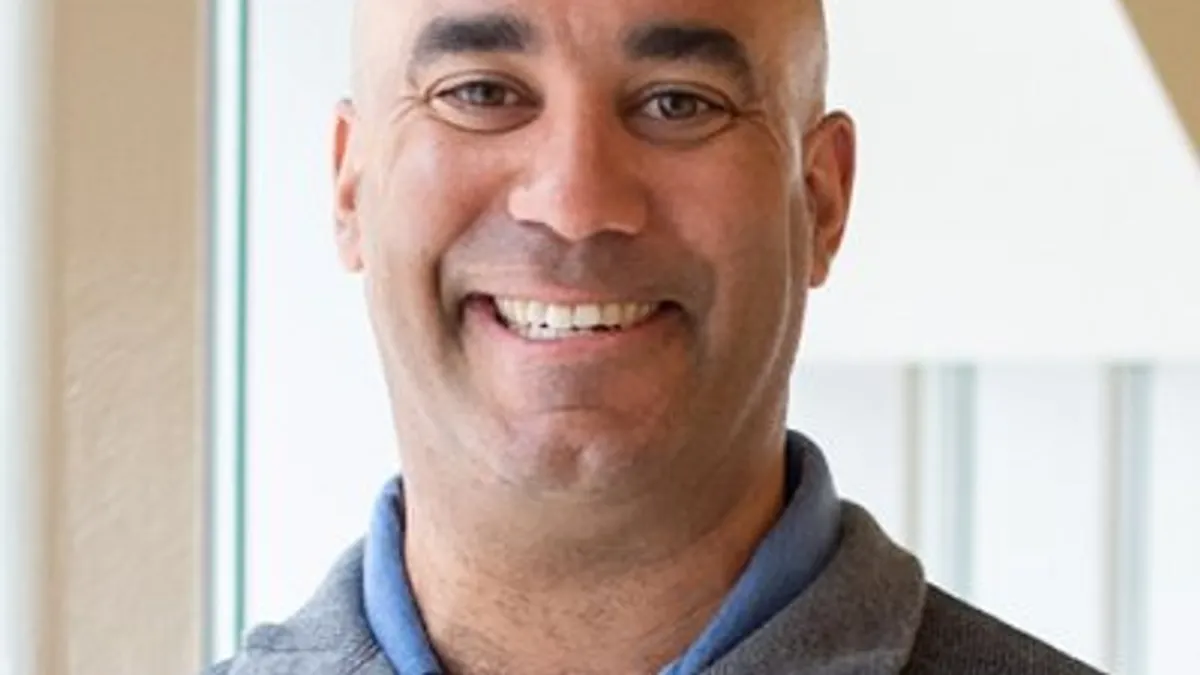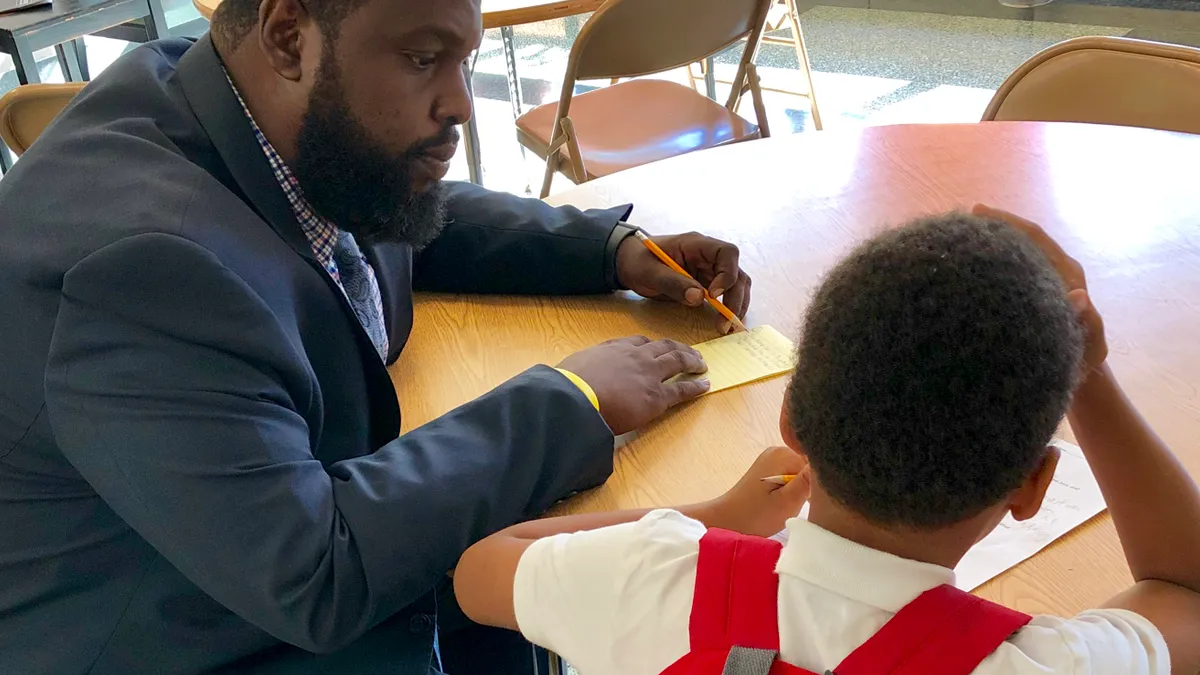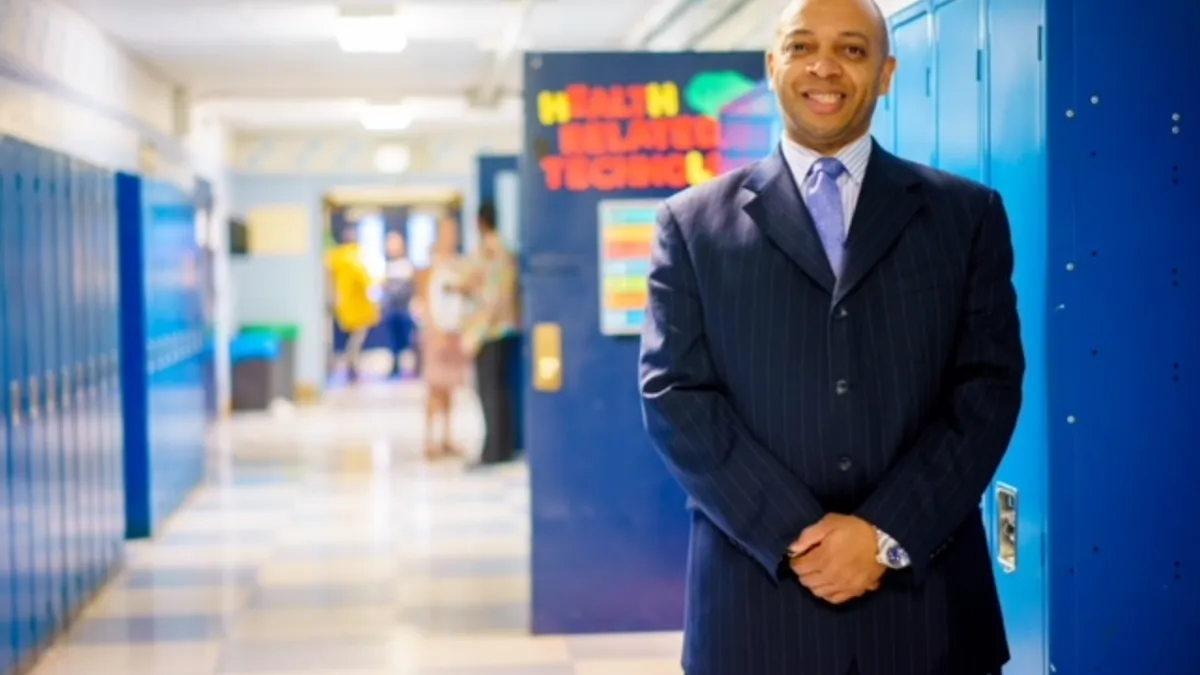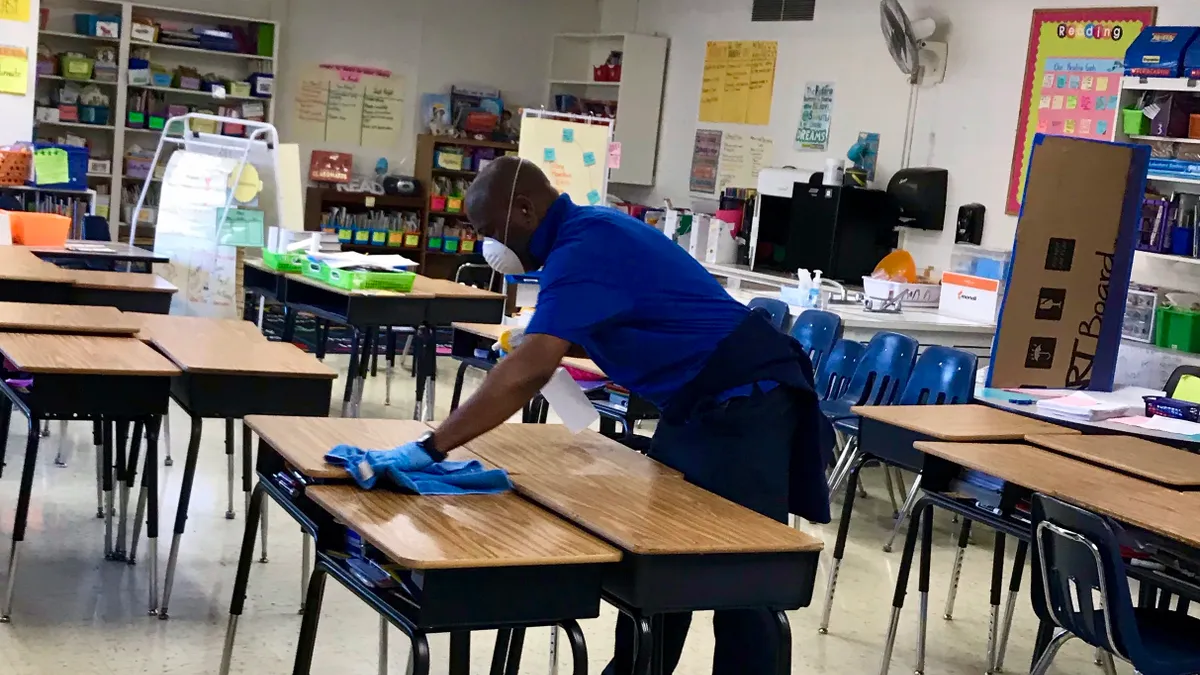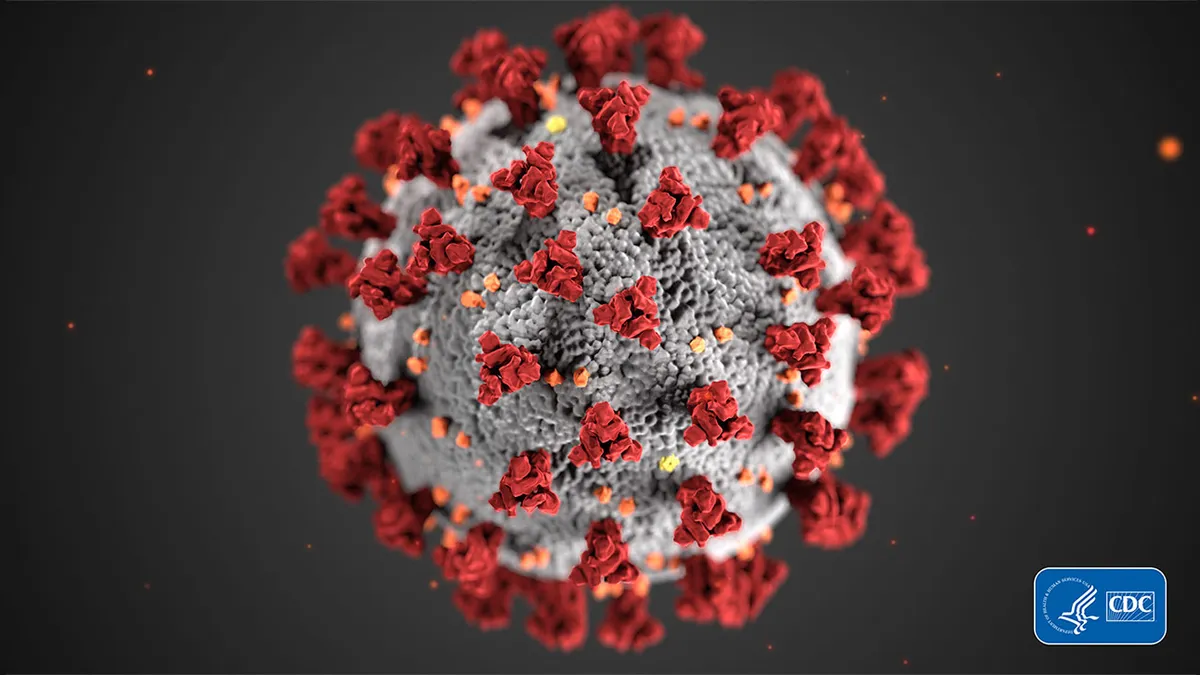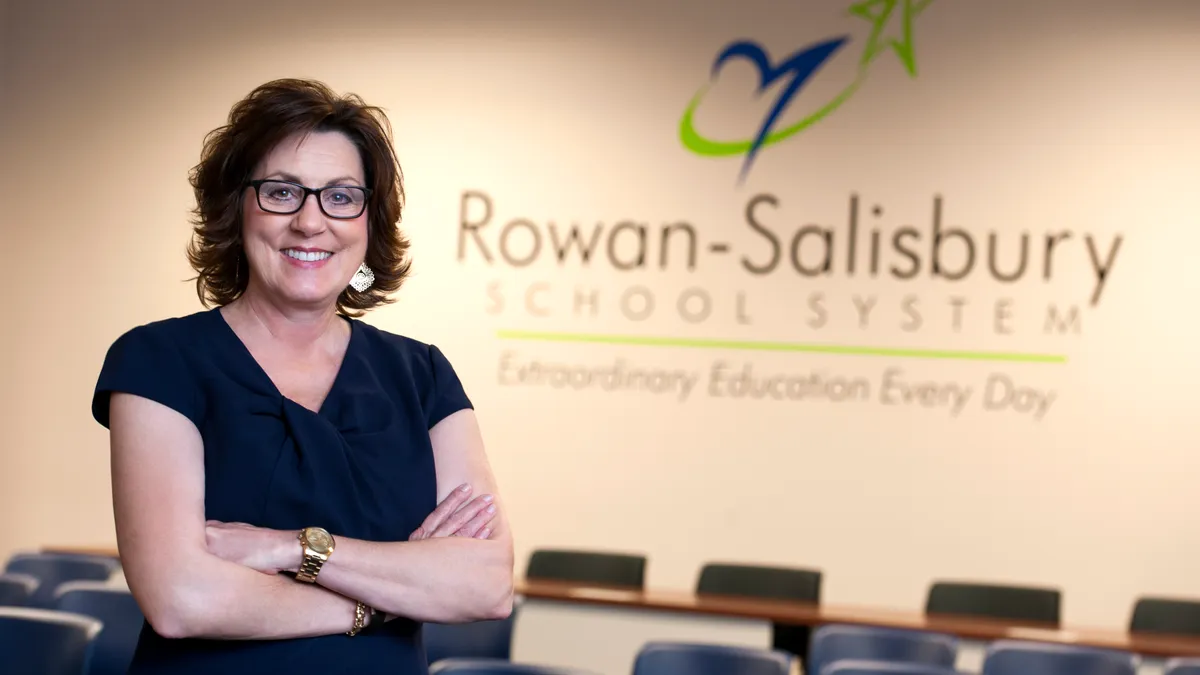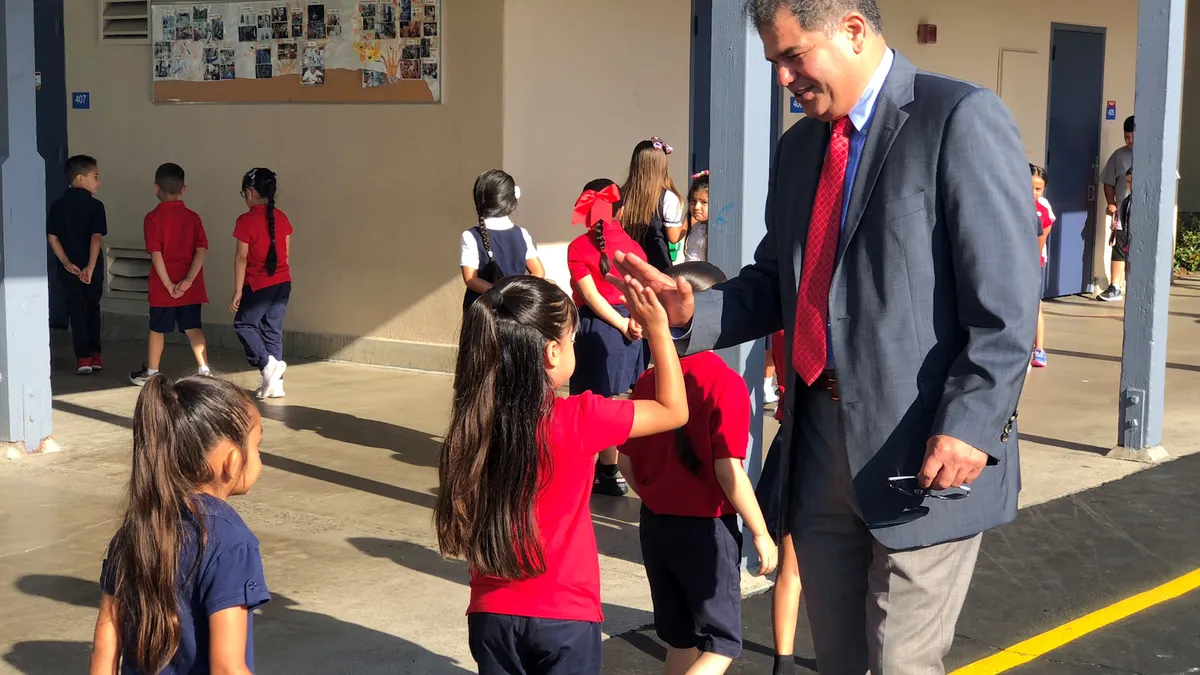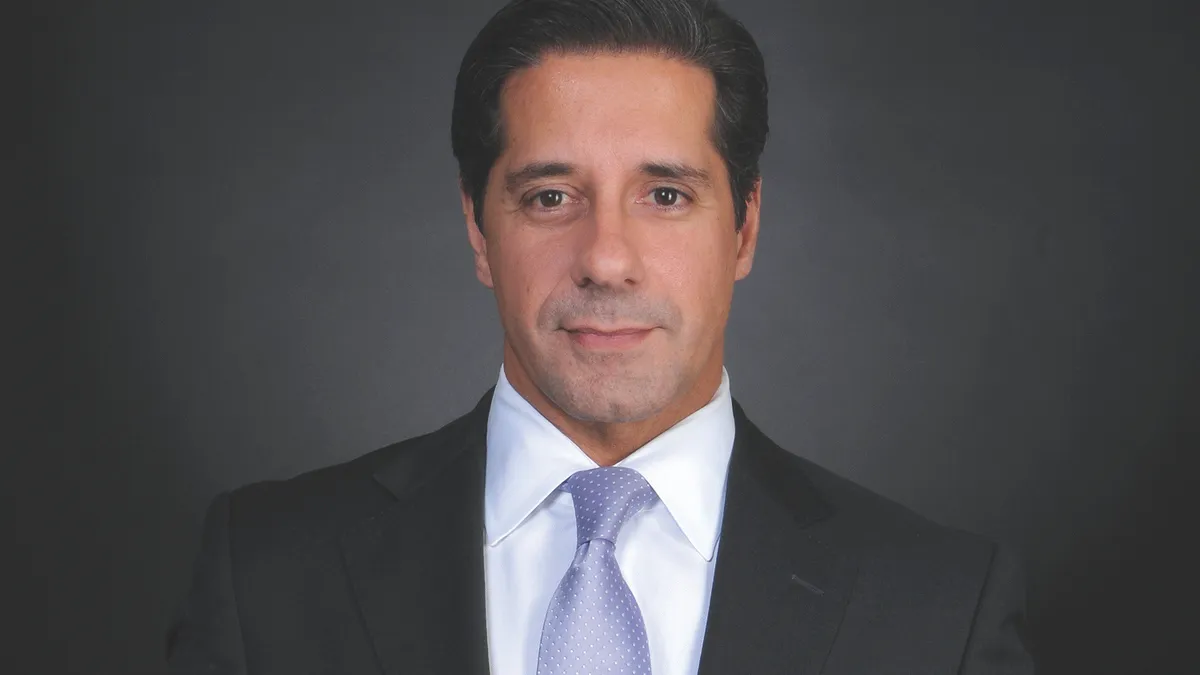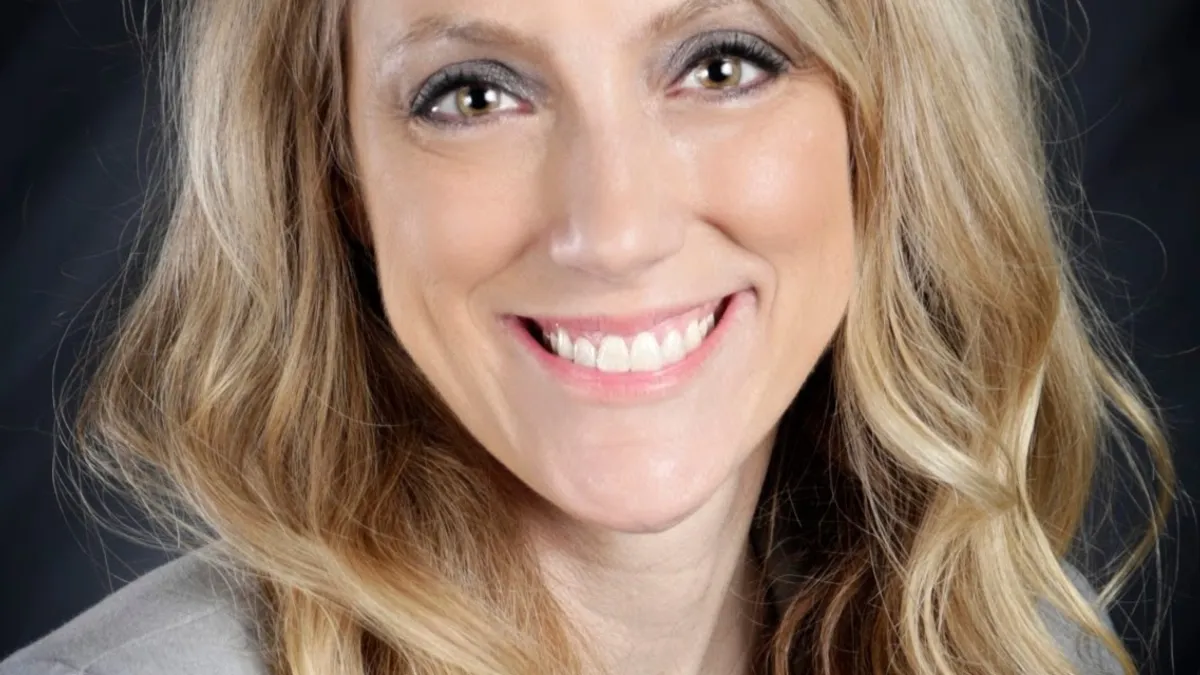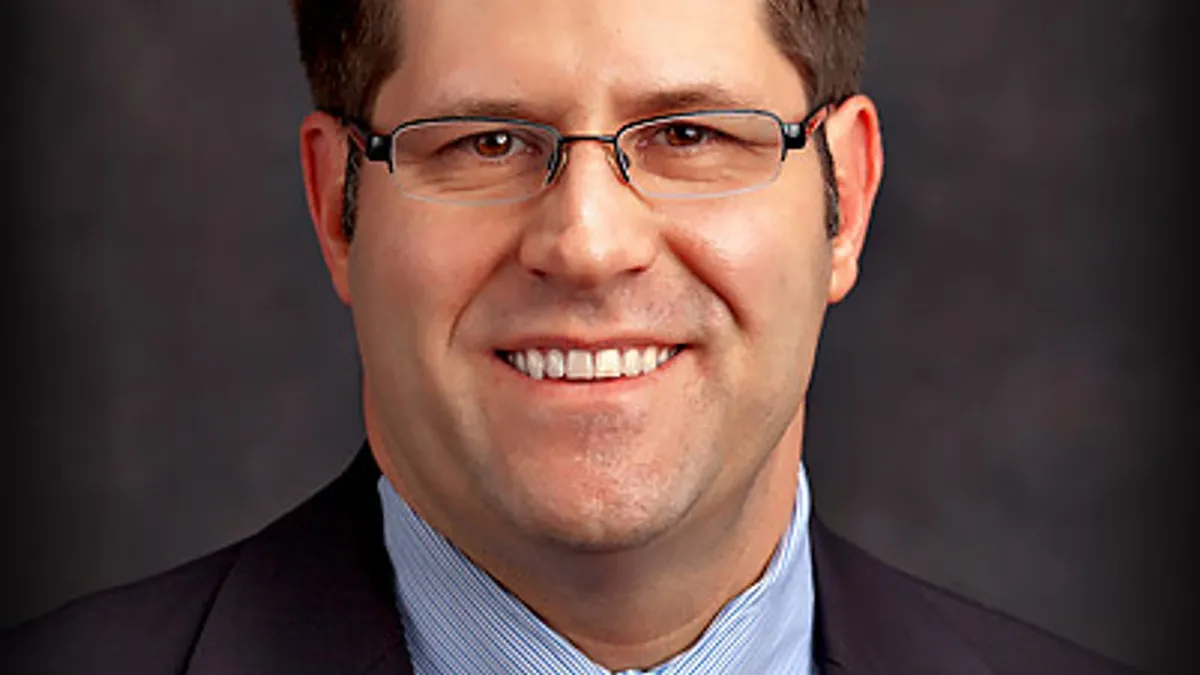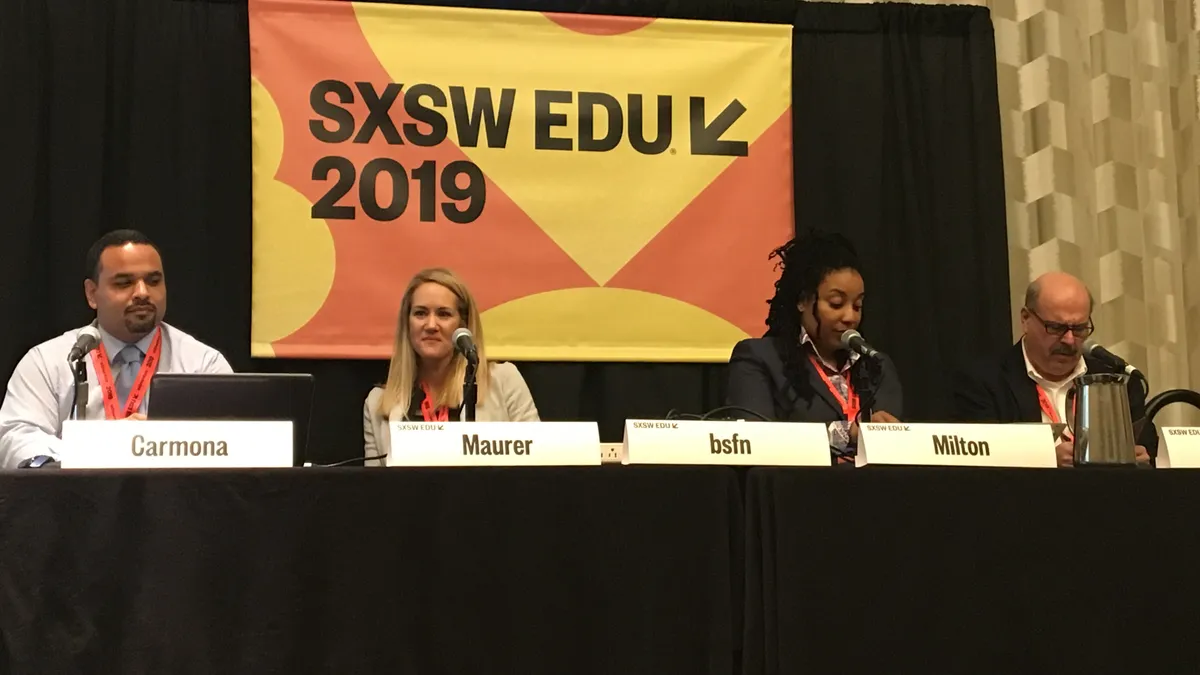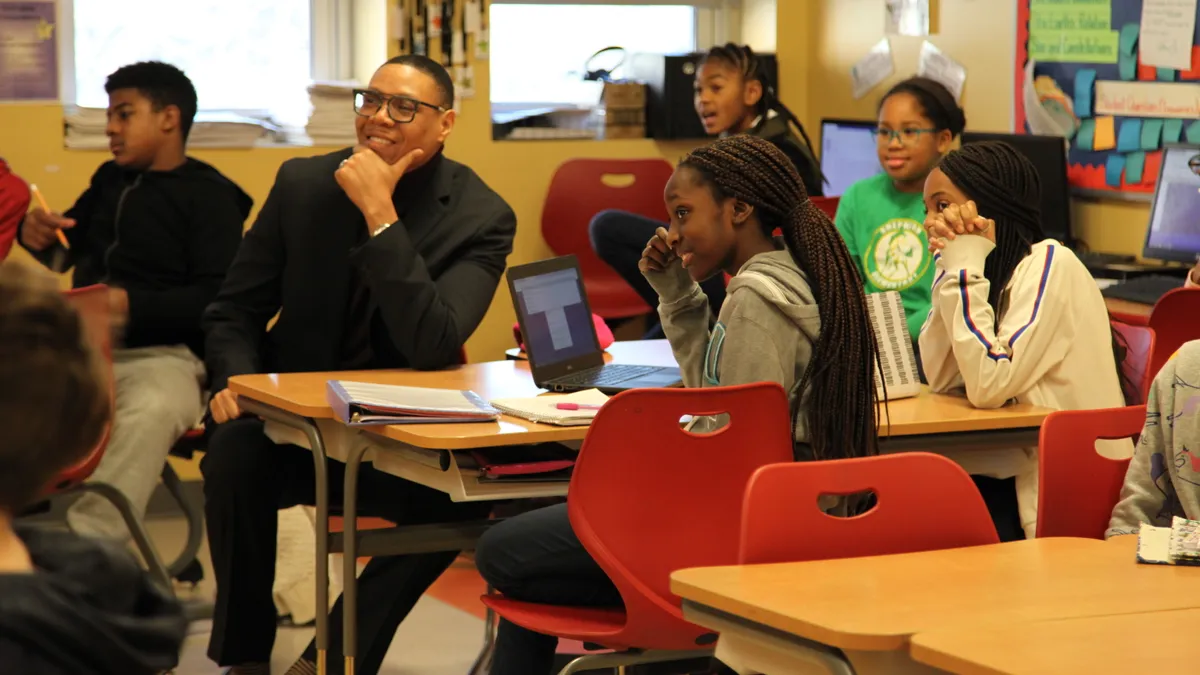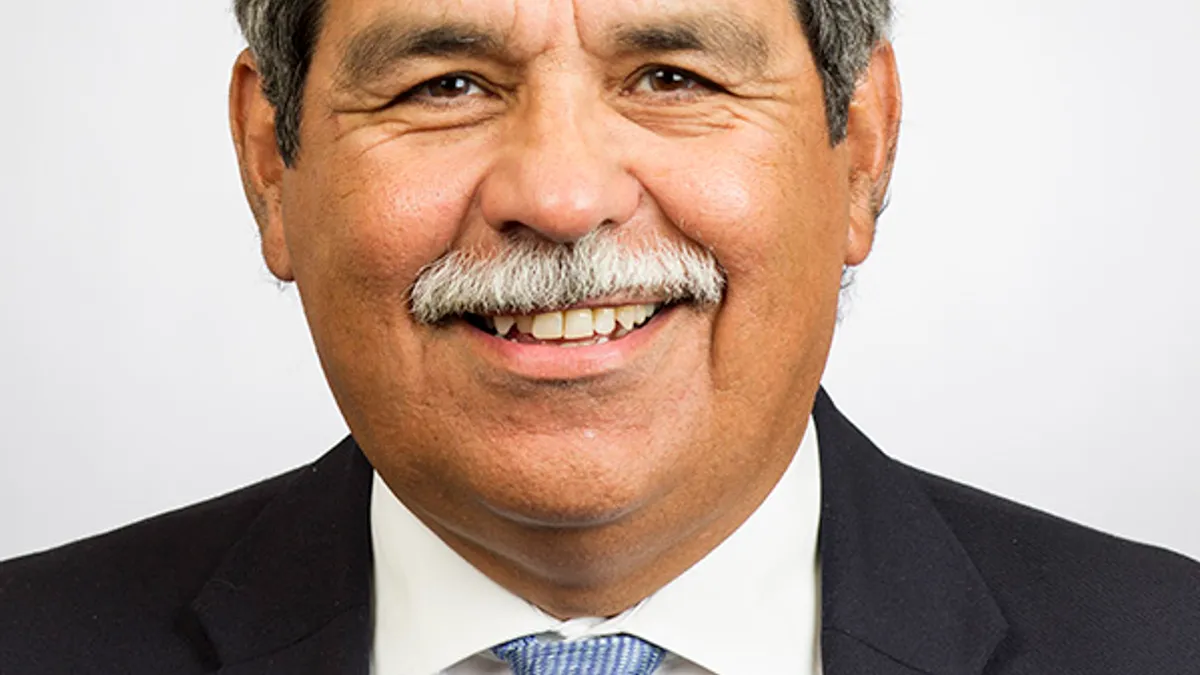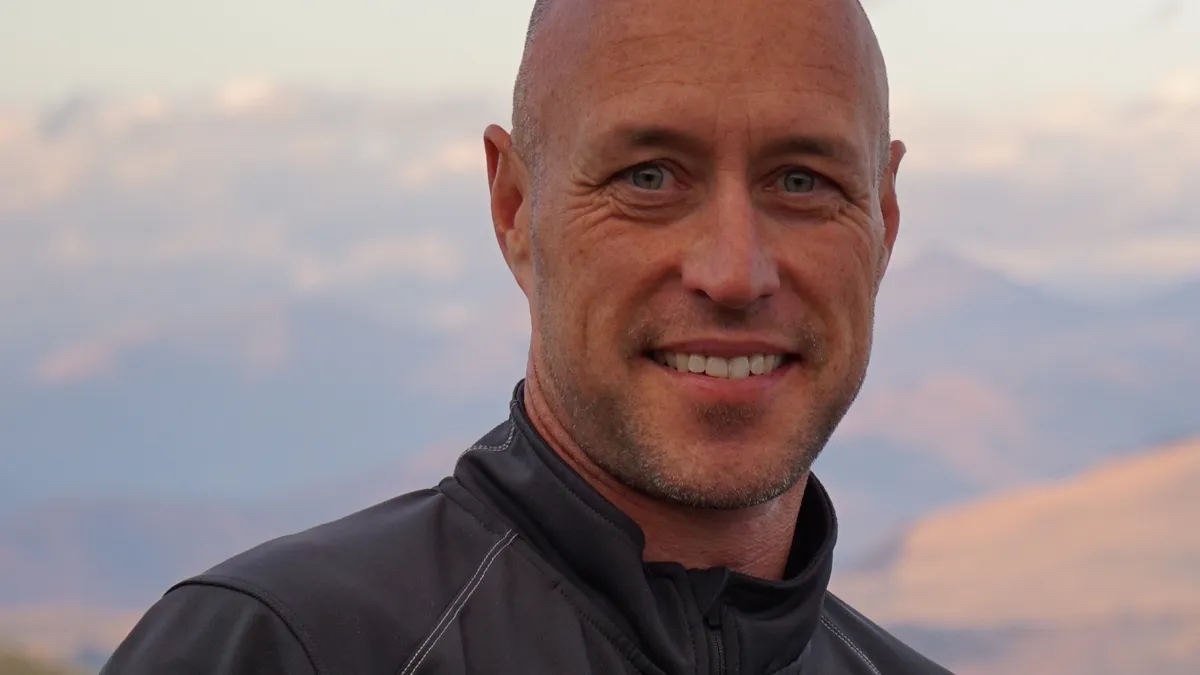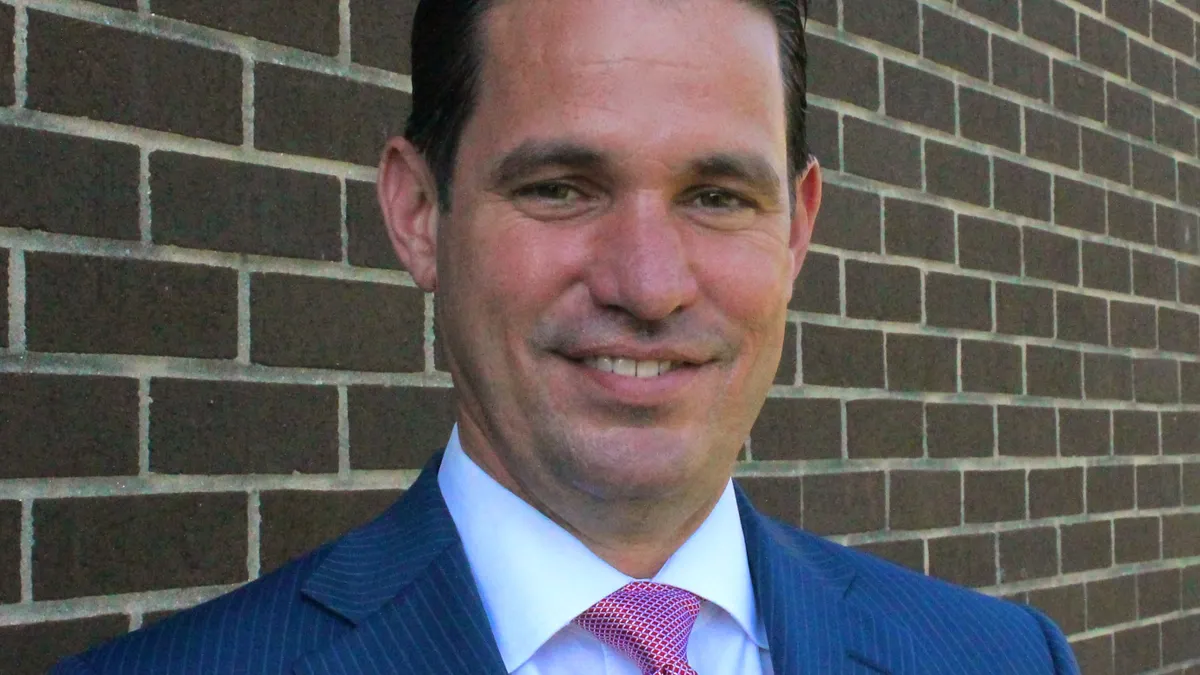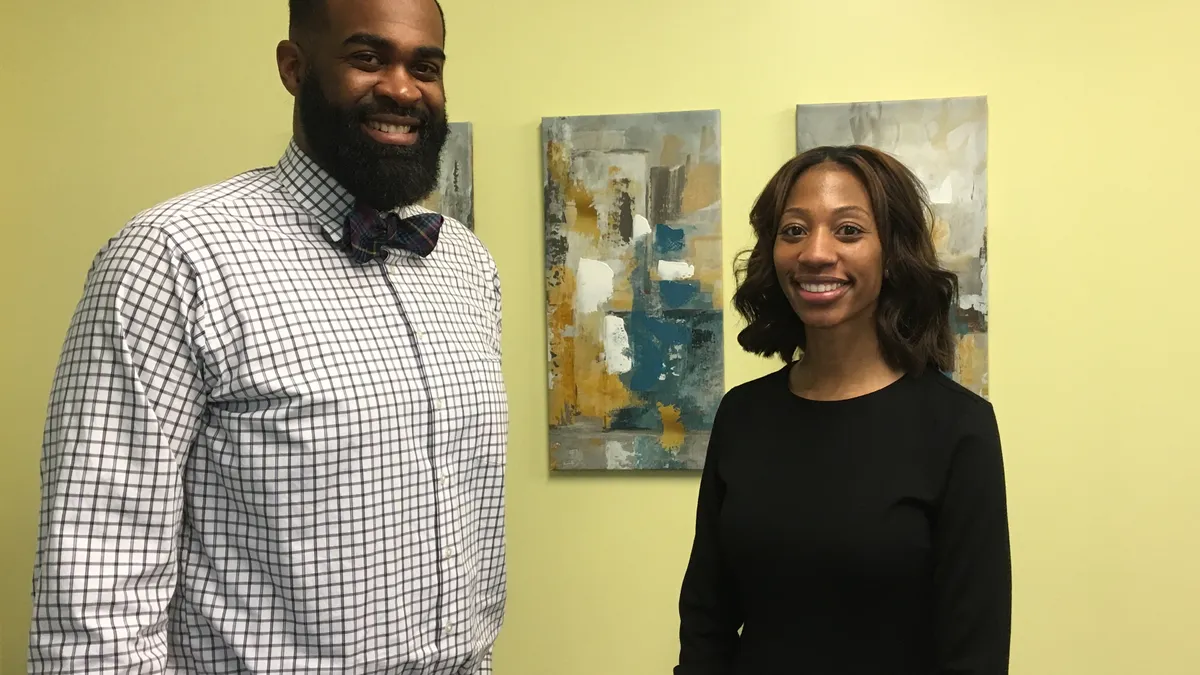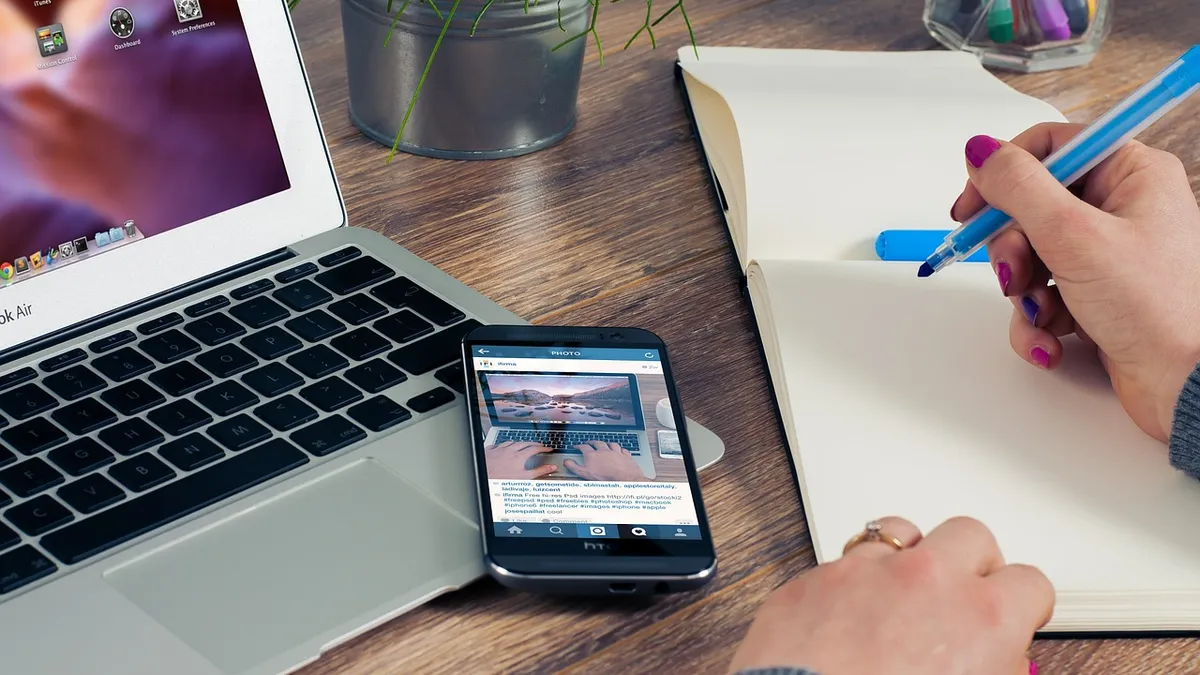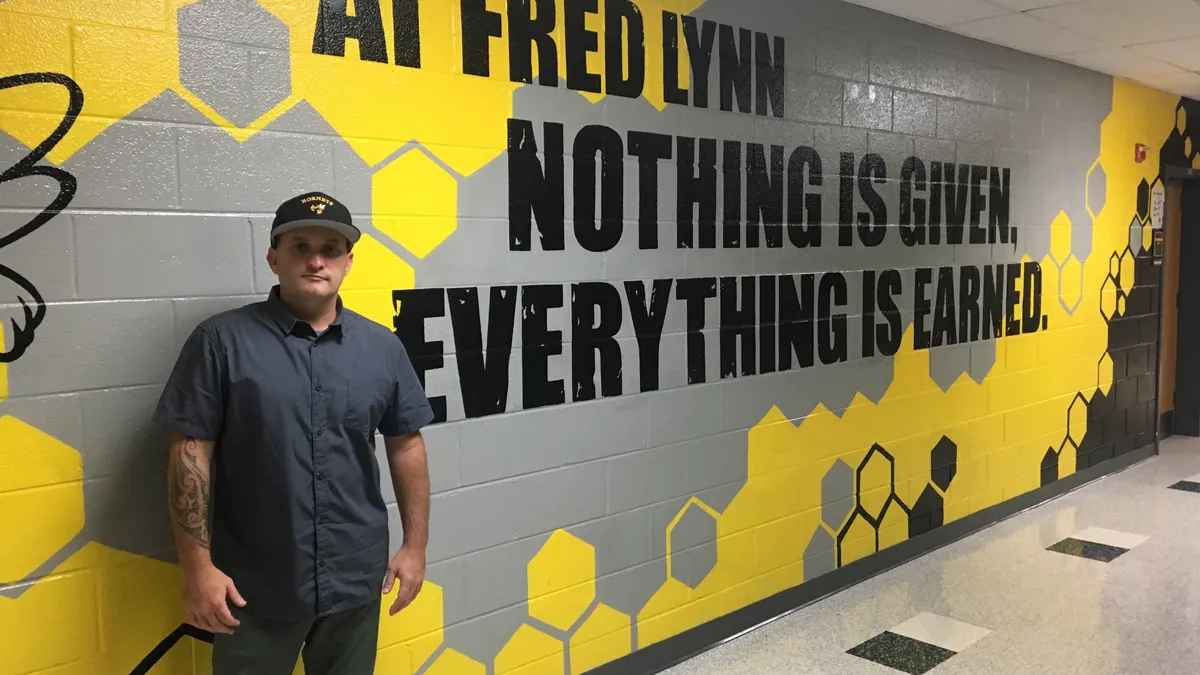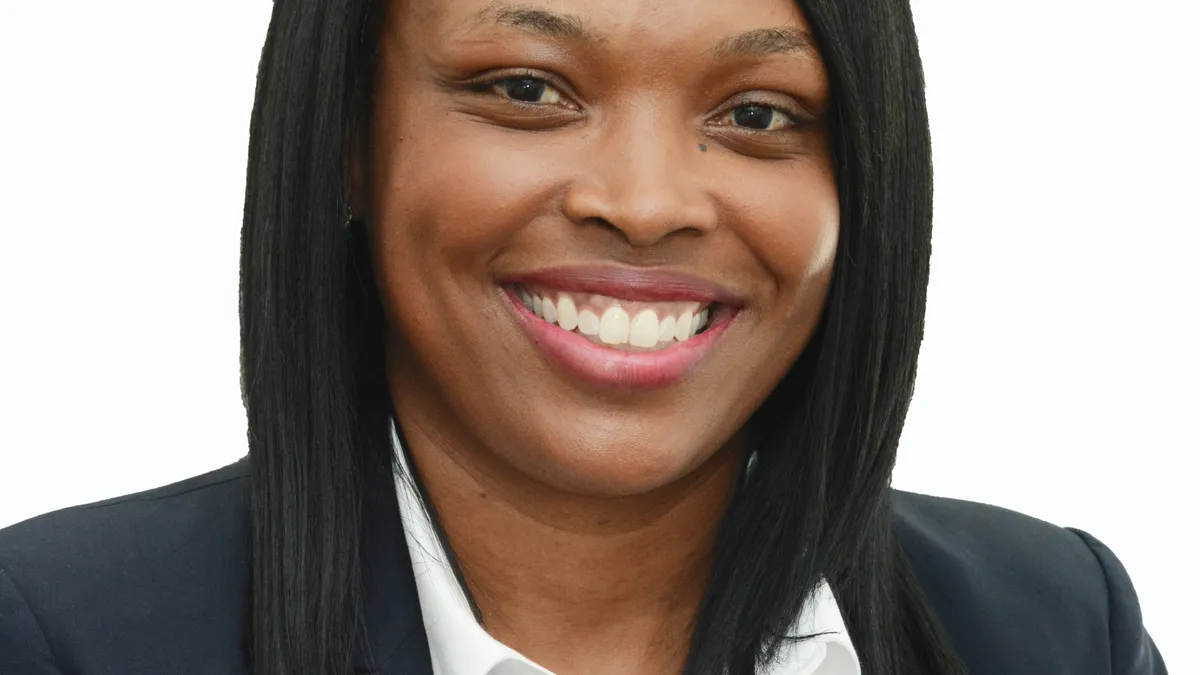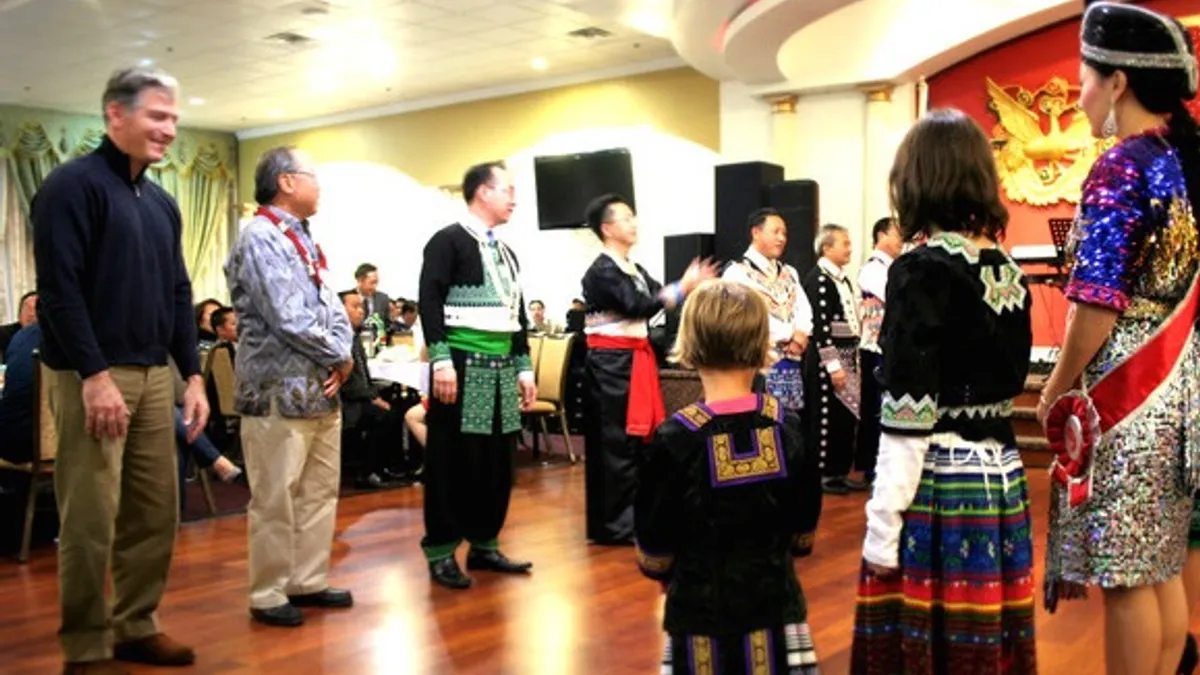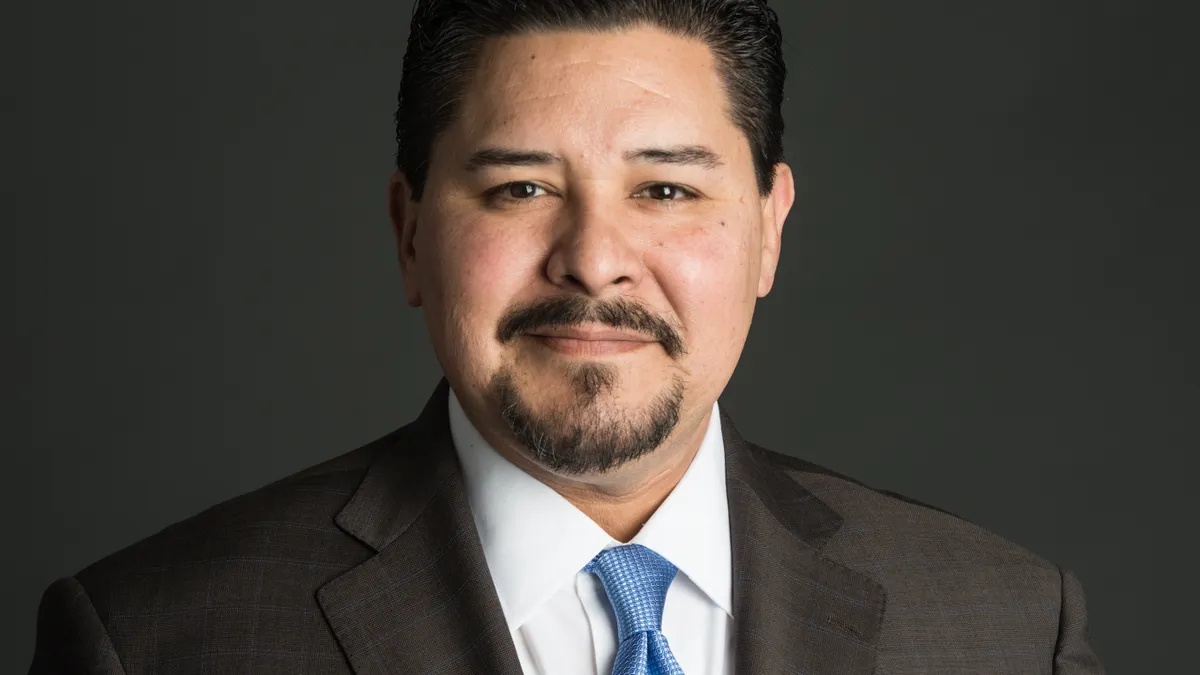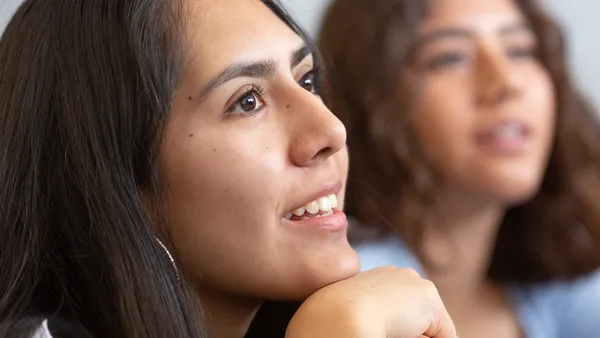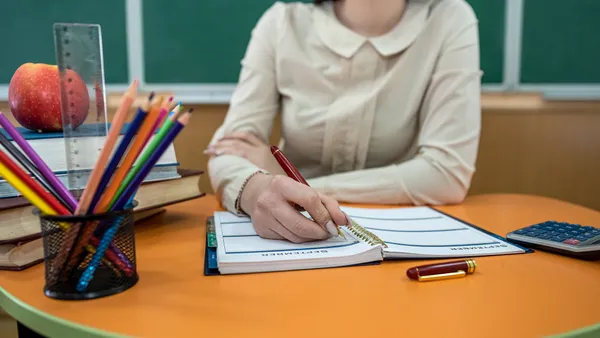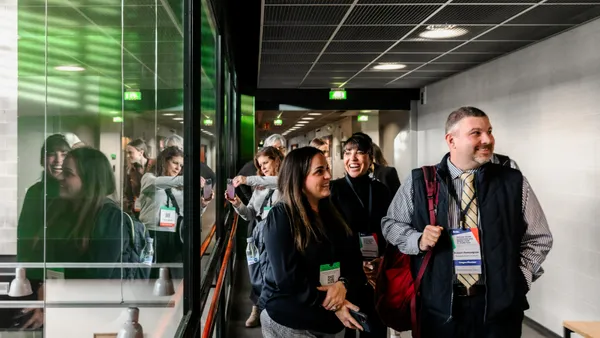Lessons In Leadership is an ongoing series in which K-12 principals and superintendents share their best practices and challenges overcome. For more installments, click here.
The first concern for Marlon Styles, superintendent of Ohio's Middletown City School District, when the pandemic shut buildings down in March was ensuring students' basic human needs were met, he told us in April. His district has roughly 6,400 students and a 100% free and reduced-price lunch rate.
Fast-forward nearly three months, and he's now preparing for the beginning of a school year where many districts are unclear to what extent buildings may reopen, what the guidelines around doing so look like, how to maintain safety measures among students, and how much budgets will be impacted by both cuts and new expenses.
But Styles counts his blessings where he can: His district is fairly low coronavirus volume, with just 114 confirmed infections as of mid-June. And with civil unrest in many cities following the police killing of George Floyd, an unarmed Black man, and the ensuing protests against police brutality and racial inequity, he's proud to say there's unity in his community. His high school students recently organized a peaceful protest in downtown Middletown, and the local police held a unity walk in partnership with the local NAACP not long after.
We recently caught up with Styles to learn more about the challenges or safely reopening schools, as well as his perspective as a Black superintendent.
EDUCATION DIVE: What challenges have you faced getting safety protocols and summer programming in place during this period?
MARLON STYLES: Given we have so few cases, it has allowed us to have some more things open here. In the state of Ohio, and working with our health commissioner, we have kicked off some summer programs, some summer camps, with some community partners as well. We also have been given the green light to have athletics return to skills training. We are two weeks into that process, as well.
We've got kids back on campus and kids out in the community involved in some programs, but as far as safety protocols are concerned, we’ve got some in practice now and some we’re considering. We purchased a couple of Clorox 360 disinfecting machines.
We’ve been putting some of our protocols into play now that athletics are back. The adults, our coaches, are wearing face masks during all training sessions. We’re not requiring student athletes to wear masks, obviously for conditioning reasons. It’s not healthy for them to wear masks while they're conditioning. But upon arrival, coaches are logging in players who are attending. We’re doing the same thing in our summer programs.
We're keeping track of who's attending on what days for the sake of documenting who's around who. We are taking temperatures upon arrival. Our adults are wearing face masks. Our student athletes are bringing their own water bottles so they don't share containers. We are not sharing equipment and we are social distancing on any kinds of playing surface. At the conclusion of all activities, once the kids leave, whether it’s a summer program or athletics, we have very strict sanitizing guidelines that go into play.
We are considering a couple other things as it relates to the start of the school year, in addition to what I shared about face masks. We’re talking about scheduled hand-washing times built into our schedules, [and] how we keep our staff protected beyond just face masks.
For those small group type settings, can we have some sort of clear plexiglass or clear plastic barrier between the adult and our students? We're also talking about keeping some of the windows open in our school buildings so fresh air continues to circulate about the learning environments to reduce some of the risk factor of the virus being spread, and deep sanitization plans in all the buildings at the end of the school day.
In addition to that, something I've been talking about with our health commissioner is really taking time to educate parents about what they can do at home to self-monitor, to help their children self-assess their health conditions prior to them going to school.
We’re working on some recommendations for parents to consider when they get home, because no matter how many kids we bring back to the start of the school year, the concern is kids coming home and being around the adults. Having kids wash their hands when they leave the school, before they get on the bus. As soon as they get home, changing clothes.
And we want parents to try to wash those as best they possibly can. I emphasize “as best they possibly can” because some parents can't wash clothes every day. But we’re just trying to get some recommendations for parents and make sure they're following some safety protocols and putting those things in play as best they can.
Given the financial concerns of coronavirus and the impact of shutdowns on tax revenues, how much of an additional budgetary strain has this been for you all?
STYLES: We are definitely concerned when it comes to finances. Our governor just announced earlier in May a $300 million budget reduction to K-12 education here in Ohio. For our district, that was over $600,000. That was just for this current fiscal year. We are waiting for the next fiscal year to begin. In July, he plans to share with us what the future reductions will look like for the next fiscal year.
There’s definitely some major reductions to our budget that will cause us some concern.
We decided in our board of education — they voted unanimously back in April — to make $2 million in reductions for this upcoming school year, just to be a little more responsible for our funds and make sure we're stretching as long as we can with future anticipated budget cuts.
That’s taking opportunities away from kids, which is frustrating, but we're hoping our governor does step up to the plate. We're hoping the federal government steps up to the plate and stabilizes our state budgets as best they possibly can to keep K-12 education important.
We do believe we're going to be expending some funds as it relates to safety protocols to start the school year off. Every mask, I believe, right now is about $1. With 6,400 students and about 600 staff members, you talk about multiple masks throughout each day being needed for kids of all ages on that, and that number is astronomical.
We're planning on spending some of the CARES Act funding to supplement some of the costs we'll be encountering this school year as relates to coronavirus. I'm really concerned about budget reductions coming from our governor in the next fiscal year. It’s a little scary not knowing what's on his mind, and we have to wait another month to hear what those reductions are. They're going to have an impact on how we serve kids across the state.
When it comes to the recent protests over police brutality and other social justice issues, how are you navigating that? Do you have any plans around that in the coming school year?
STYLES: Last night at our board of education meeting (I) released a joint statement with the treasurer and myself standing against racism. Early last week, I did write a letter to our students — a letter of hope. I did post that on my social media platforms. Just focusing them on [the fact that] we believe in them, we rally behind them and all they're dealing with, and that they are our hope for change in the future.
The last 24 hours...3 Things...sharing my experience and reflection as a Black male Superintendent. My responsibility to speak out, call for action, and pursue change. Every student is depending on all of us. #saysomething #MiddieRising
— Marlon Styles (@MCSDSuper) June 11, 2020
Click here: https://t.co/HALoXdi38Z pic.twitter.com/KEtzQM2Axa
I’m very proud of our city, our community, our district and our students, more importantly, for taking a stance against racism and really advocating for systemic equity. As far as next year is concerned, I am presenting our board with a strategic vision around systemic equity for all and instructional excellence for all. I'll be challenging our community to partner with us to really re-imagine how an organization works and make sure we do have a systematic approach to ensuring all kids have access to quality and inclusive learning experiences, as well as to make sure they have the opportunity to activate their gifts.
I know we do a few things very well, but there's some areas in which we can improve. One of those is being more intentional about, systemically, how we're really championing and valuing equity in our district. I do anticipate that process taking several months, but the great part about it is a focus on engagement — not just with our staff or board, but with our student body and our entire community here in Middletown.
What are some of the most important things principals and superintendents can do on this front to support their faculty, staff and students as they navigate the social and emotional impacts that come with these issues?
STYLES: As a Black male superintendent who has experienced racism, I have really been trying to share my story and activate my voice.
I lead with my core values, and I'm making a pledge to consistently do that. I encourage anyone reading your article to revisit their core values, know whatever you value the most, and lead every day and educate every day with those core values. If it's a point in time in your life right now where you want to revisit or reset some of your core values, go for it. I know you've got colleagues who are here to support you as you revisit or reset your core values. We need to do a better job in the education profession of challenging each other to hold true to what we value in our cores. If that is equity, fantastic. If that is equality, fantastic.
Then, No. 2, I try to model what I believe is the right thing to do. Society for so long has told us we shouldn't talk about certain things or we shouldn't publicly take a stance or have an opinion or statement about certain things in the education profession. I don’t like that. We sent an email to our entire staff, and we have support from the board. I praise them for this. We crafted three different social media posts, we crafted an image to accompany those social media posts, and we gave staff permission to activate their voice and take a stance against racism and social injustice. We told them, as the superintendent and as the board of education, we’re in support of you having a voice.
Not going at it alone is very important, and to really hold true to who you are and what you believe in. It's probably the most important thing.



